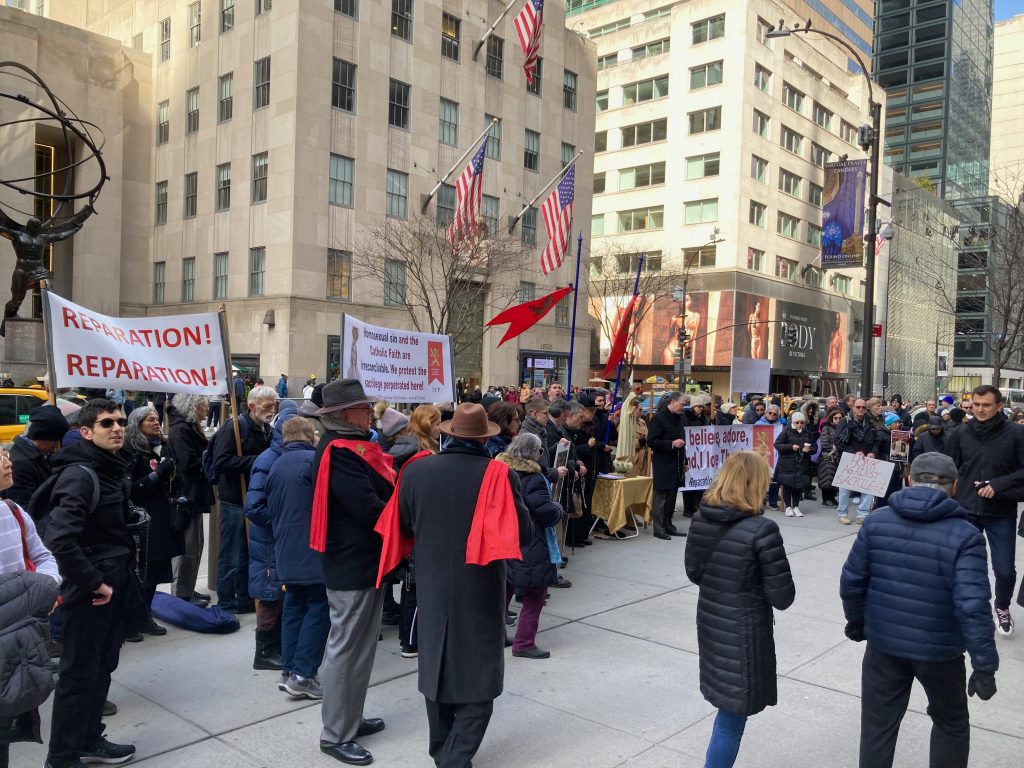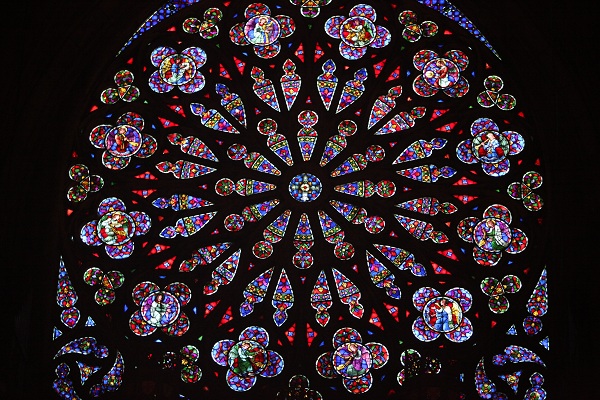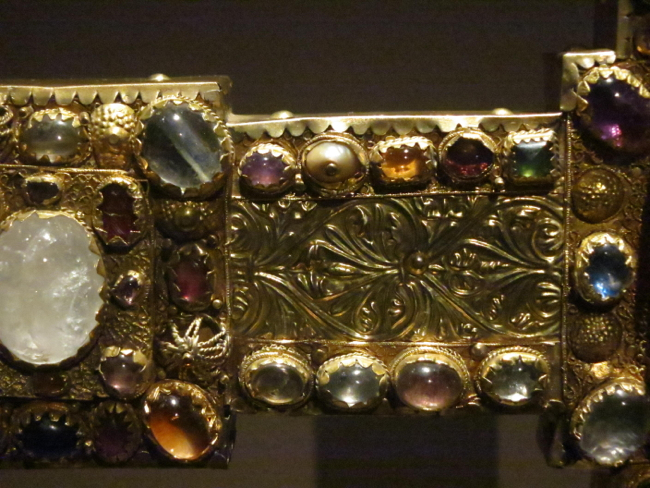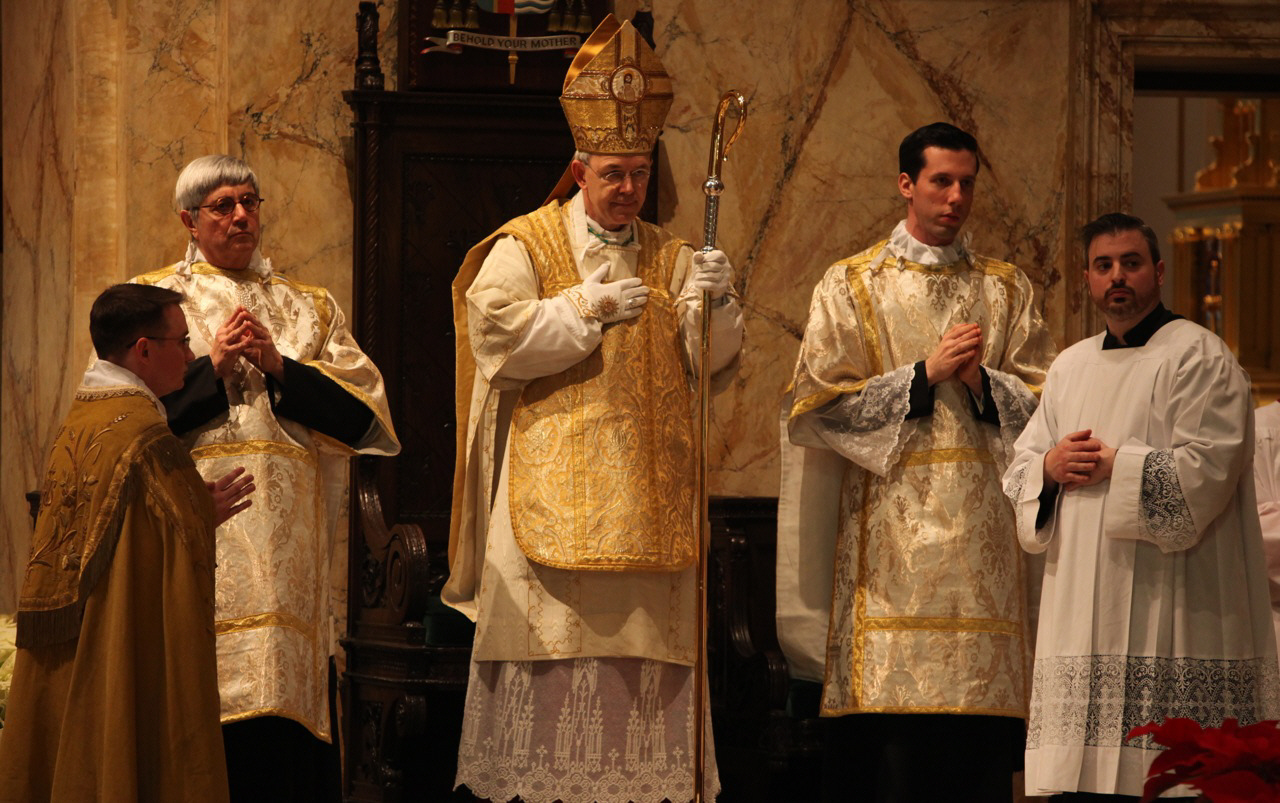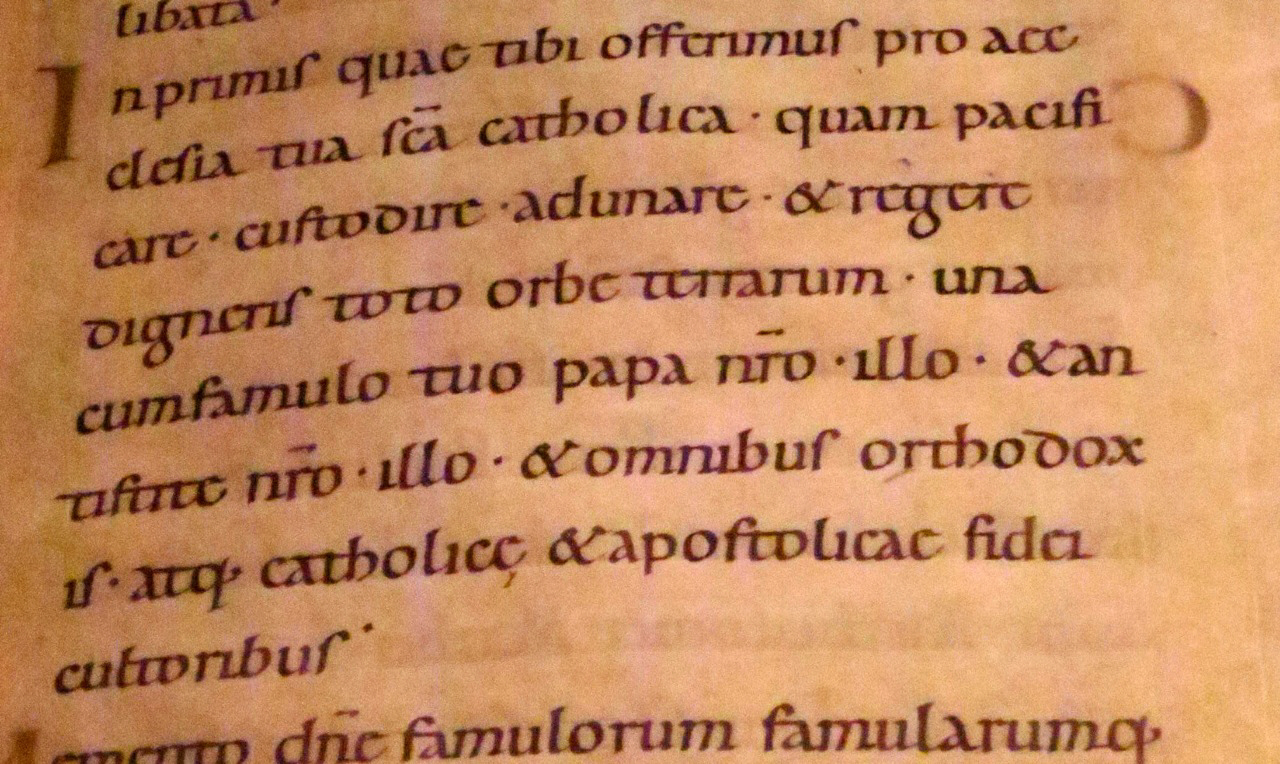On Saturday morning , the National Latin Mass Pilgrimage took place, with a 7-mile procession from St. Thomas More Cathedral, Arlington to St. Matthew Cathedral in Washington DC.



















8 Oct
2024
On Saturday morning , the National Latin Mass Pilgrimage took place, with a 7-mile procession from St. Thomas More Cathedral, Arlington to St. Matthew Cathedral in Washington DC.



















3 Jun
2024
30 May
2024
24 May
2024
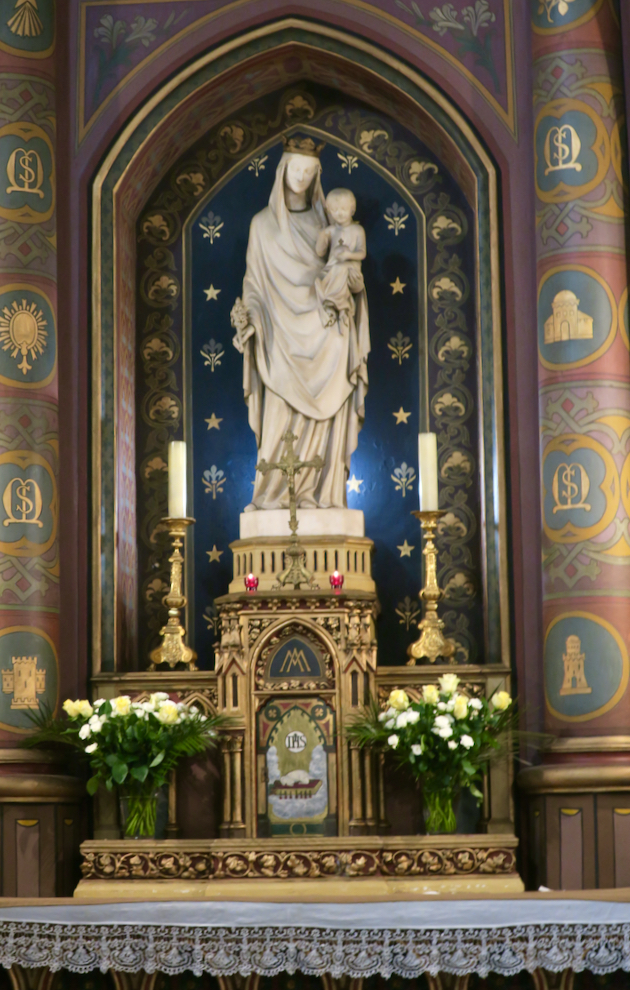
A few weeks ago I had the opportunity to attend services several times at the Church of Saint-Eugène, Paris. This is a diocesan parish. Here the Traditional Mass is celebrated and a splendid musical culture is cultivated led by several noteworthy musicians. The Traditional Sunday Mass (the main Mass of the day) was thronged by an overflowing congregation of all ages – a rarity in France! The music, although in a style somewhat unfamilar to me, was of course most impressive. The Novus Ordo is also celebrated but in a manner extremely traditional. Even the parish bulletin grappled fearlessly with major issues of the day.
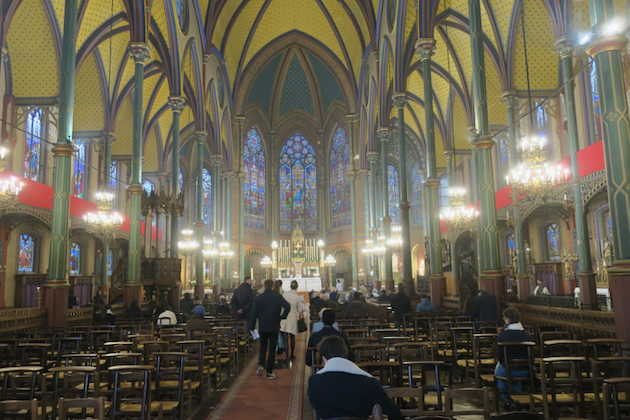

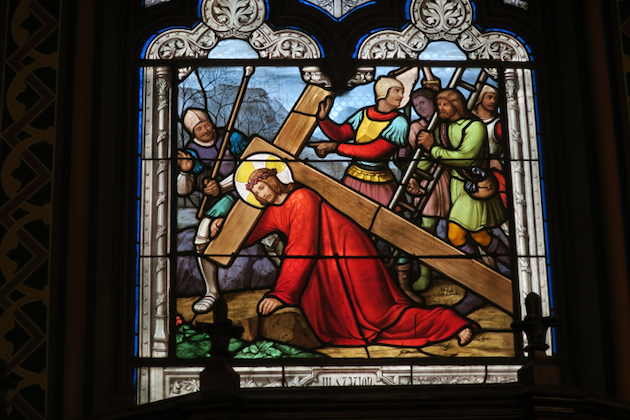
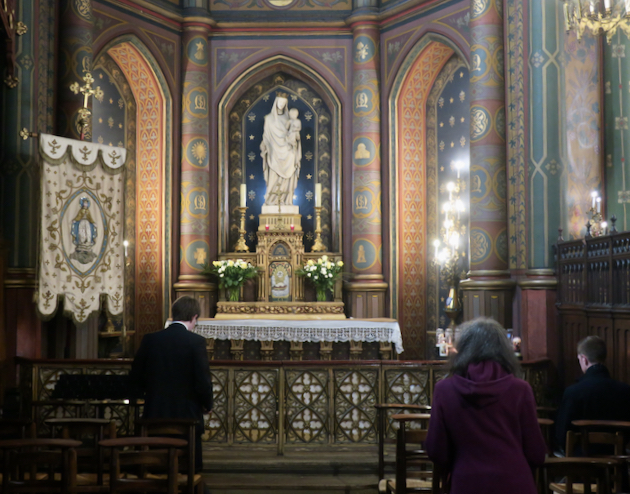
It was here that the late Nicholas Krasno – a long-standing member of this Society – sang in the schola. Indeed, it was the opportunity, after Summorum Pontificum, to attend and sing in such a church that inspired him to join the Roman Catholic Church. For it was after Summorum Pontificum that a Catholic could, at least in some places, regularly experience the fullness of the traditional liturgy in ceremony and music.
And perhaps for Nicholas Krasno there were additional factors that explained his attachment to this church. For does not Saint-Eugène in several respects resemble Krasno’s former beloved Anglican parish of Saint Mary the Virgin in New York City? Both are 19th century recreations of the style of the high French Gothic. Both used innovative construction methods, the earlier Saint-Eugène was built around an iron framework, while Saint Mary the Virgin was the first steel-framed church.
(St. Mary the Virgin) is in fact the earliest ecclesiastical use of constructional steel – a technique that had been first tried for office buildings in Chicago only 4 years previous. 1)
Both churches feature beautiful windows and decoration. In both the musical culture was fostered:
The musical program of St. Mary’s expressed an unabashed preference for works of the great musicians of the Roman Church: favorite composers included Beethoven,Haydn and Weber, and most of the French romantic school – Gounod, Franck. Faure and Guilmant. 2)
And both were despised by modernist taste – only to experience a reassessment in more recent years.
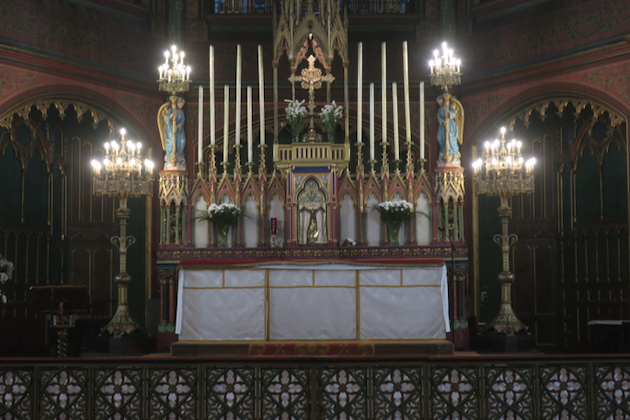
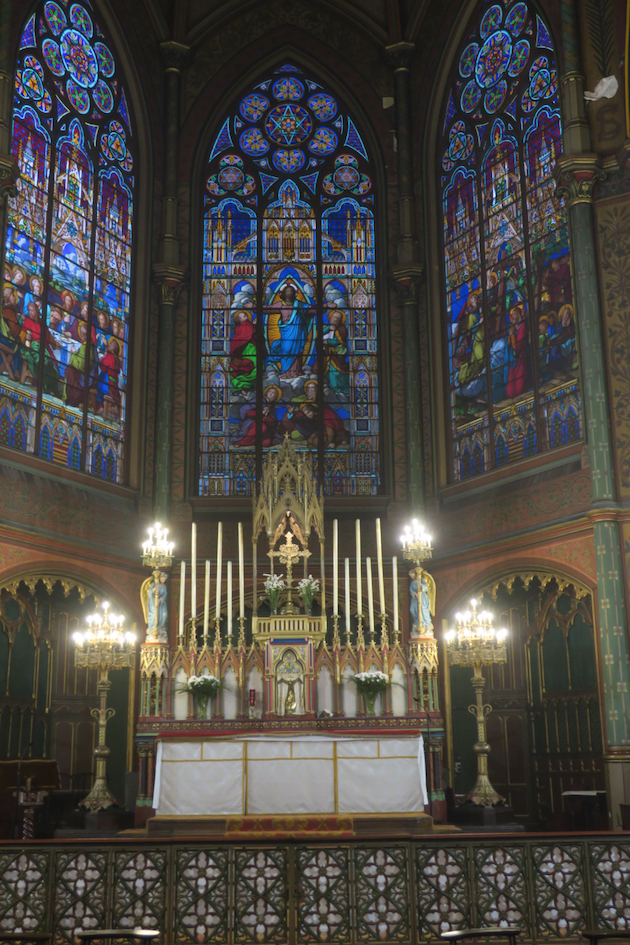
1. Krasno, Nicholas, A Guide to the Church of Saint Mary the Virgin, New York City at 17( 2nd edition revised, New York, 1999). The architects, Napoleon and Pierre Le Brun, were Roman Catholic. For Saint-Eugène-Sainte-Cécile, see https://en.wikipedia.org/wiki/Saint-Eugène-Sainte-Cécile#History.
2. Krasno, op. cit. at 63- 65. Of course, in the Roman Catholic Church these works later fell victim (in the US) to the strictures of Pius X.
29 Mar
2024
Yesterday evening, Traditional Mass of the Lord’s Supper was offered at St. Mary Church, Norwalk, CT.
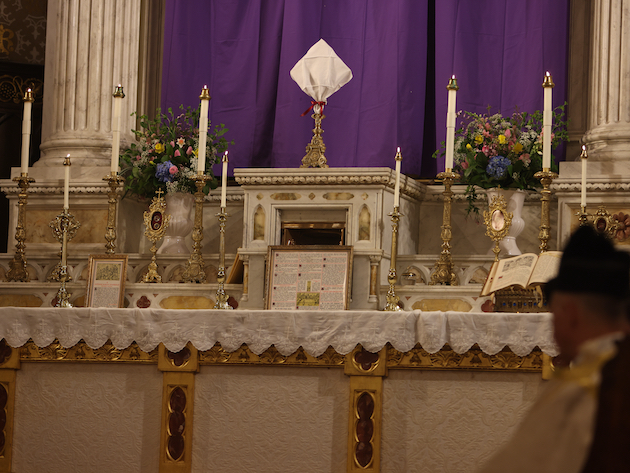
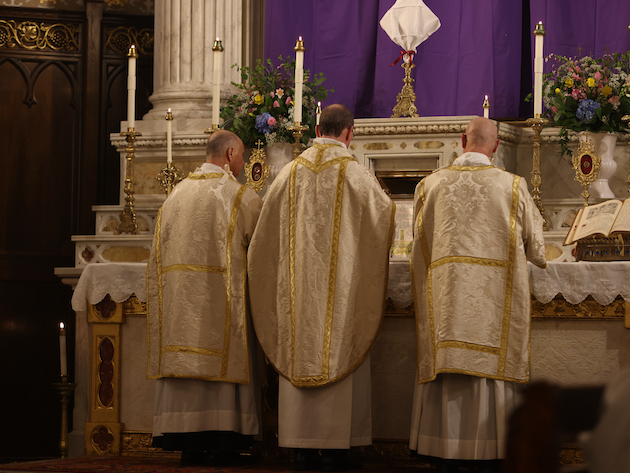
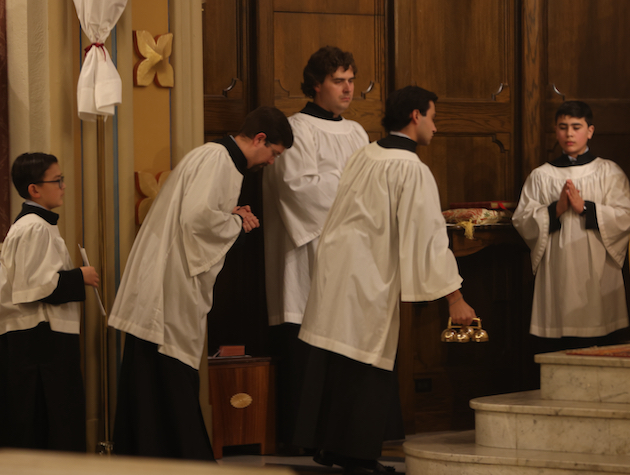
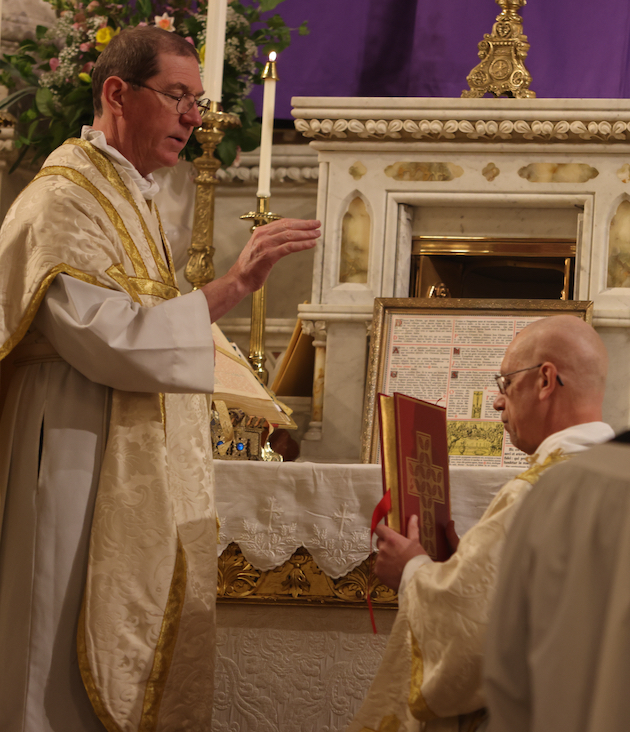
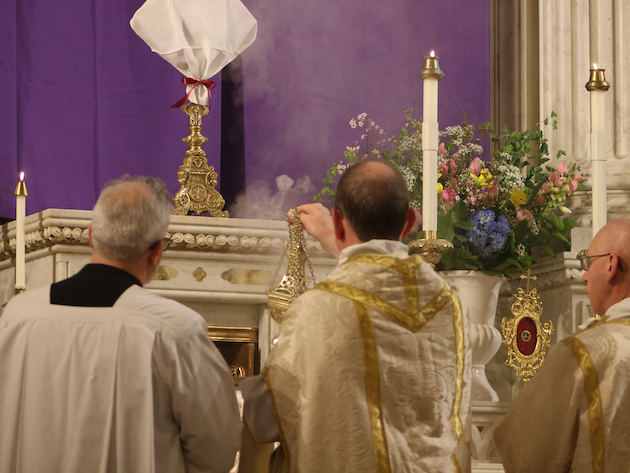
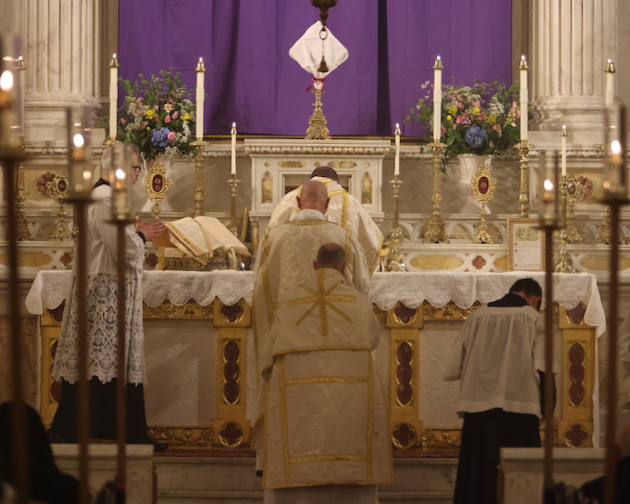
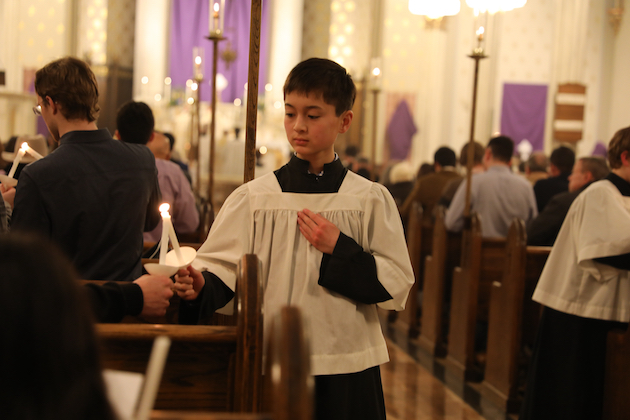
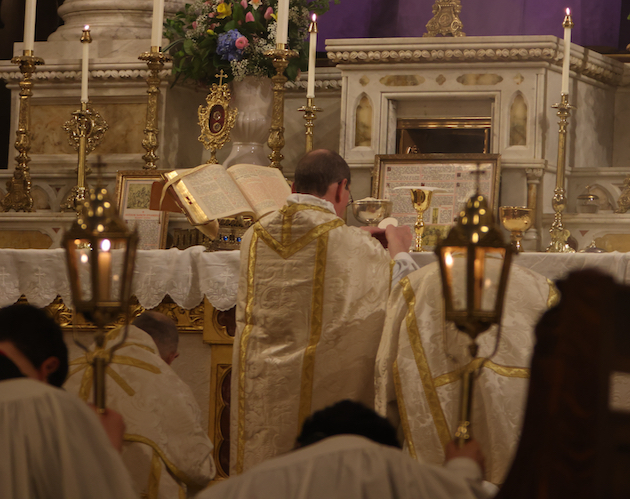
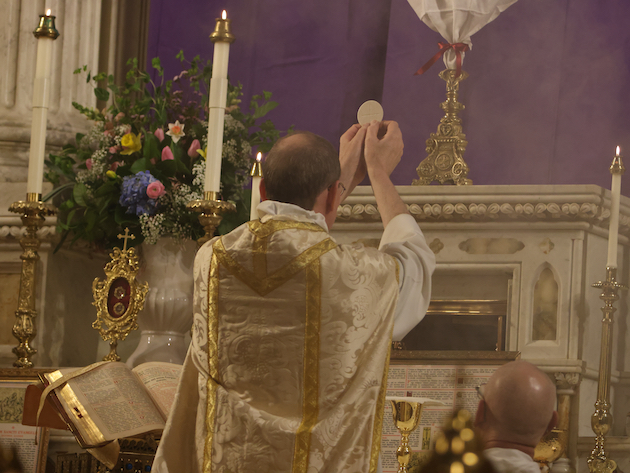
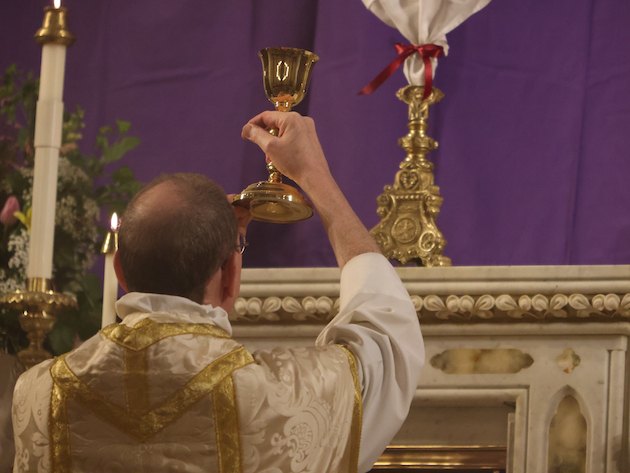
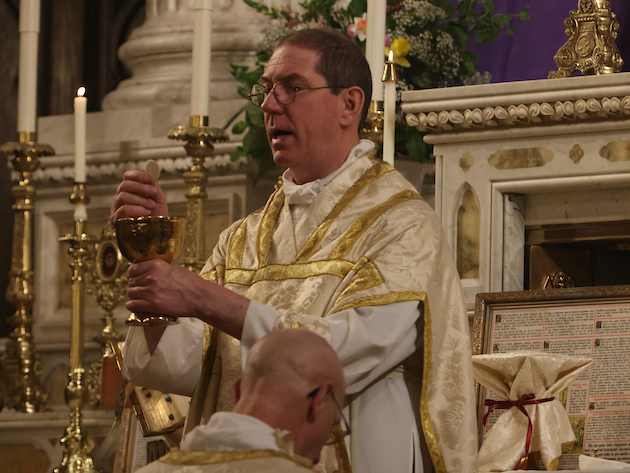
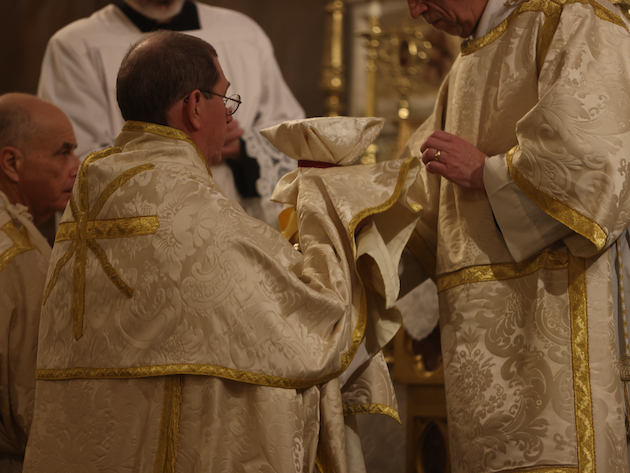
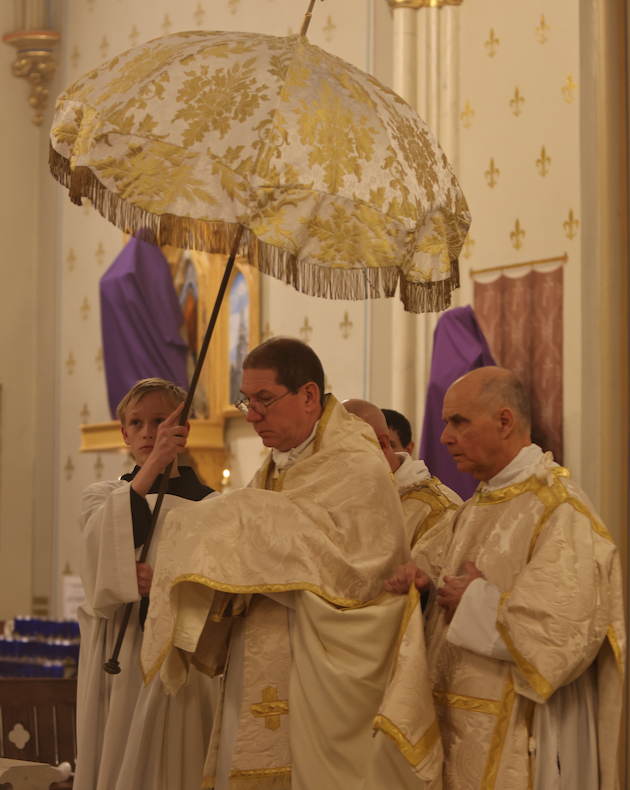
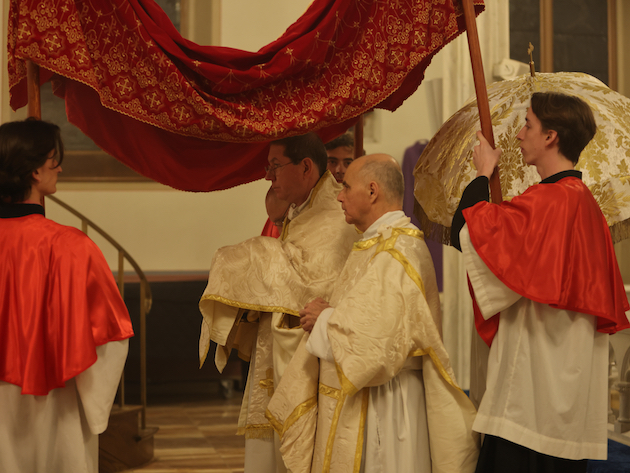
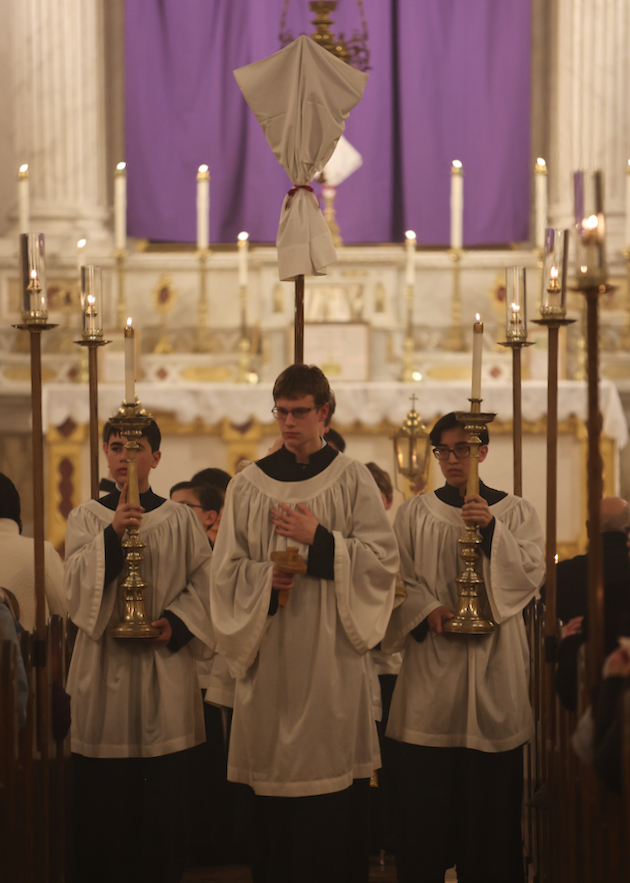
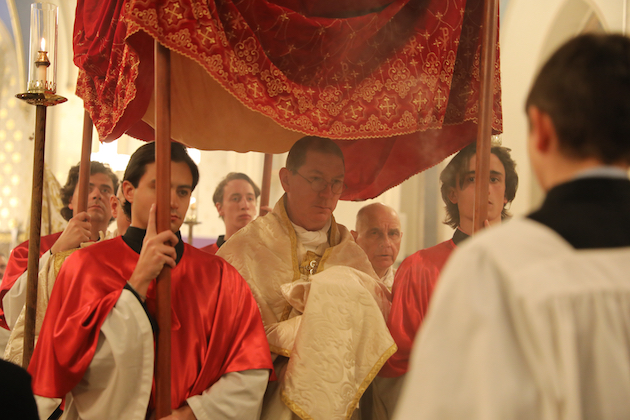
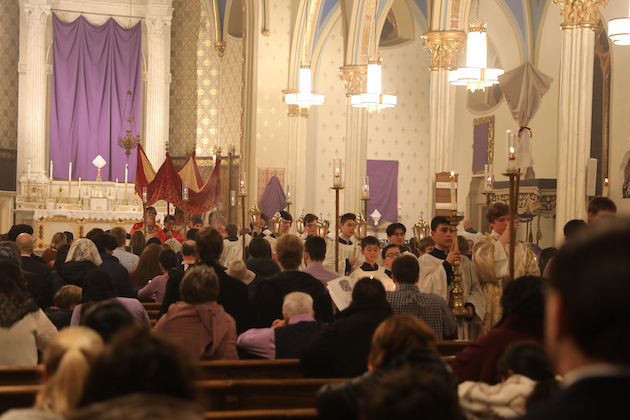
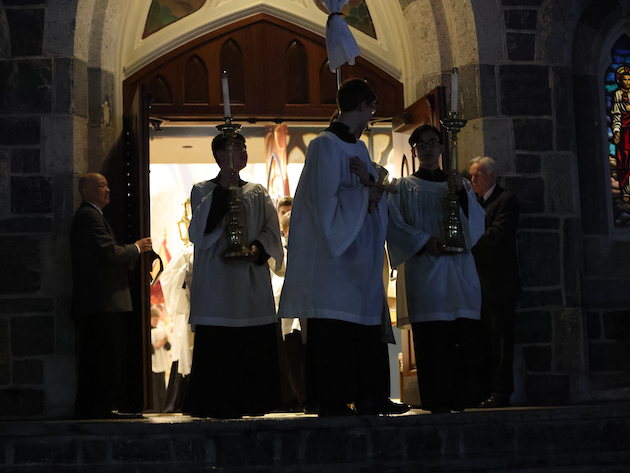
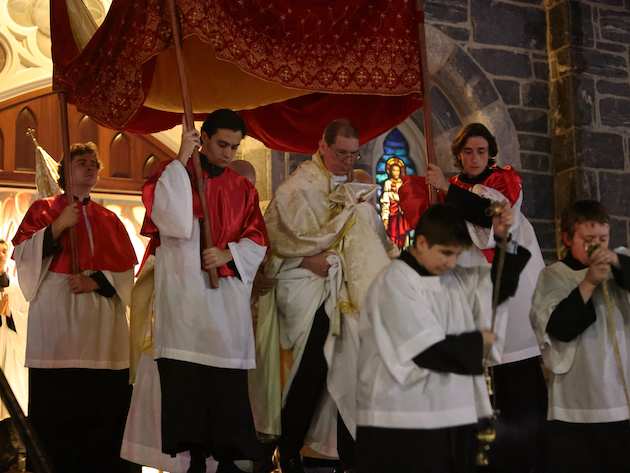
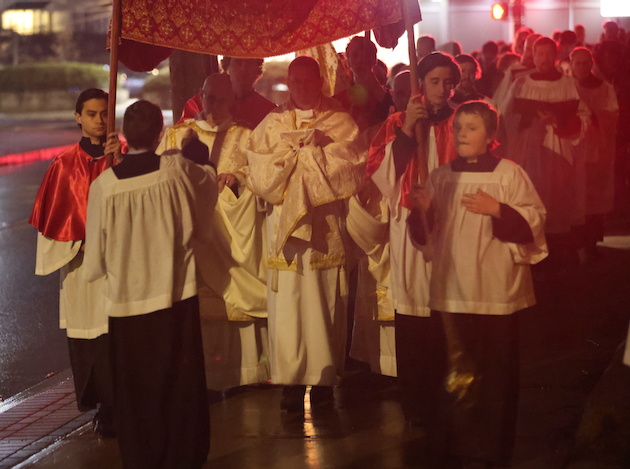
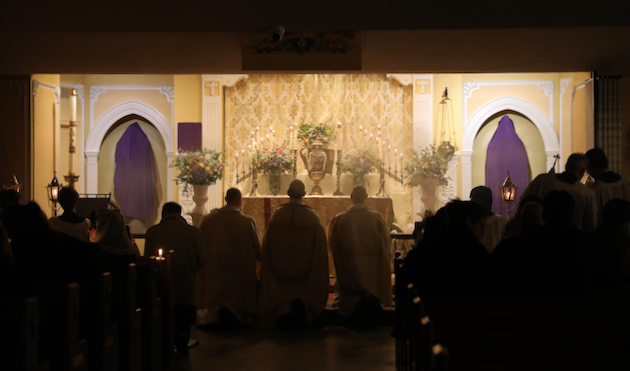
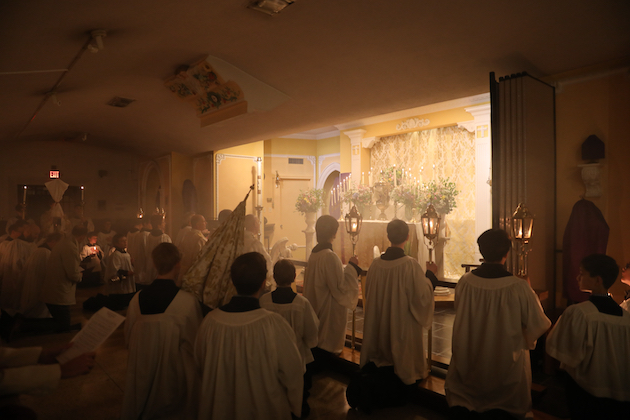
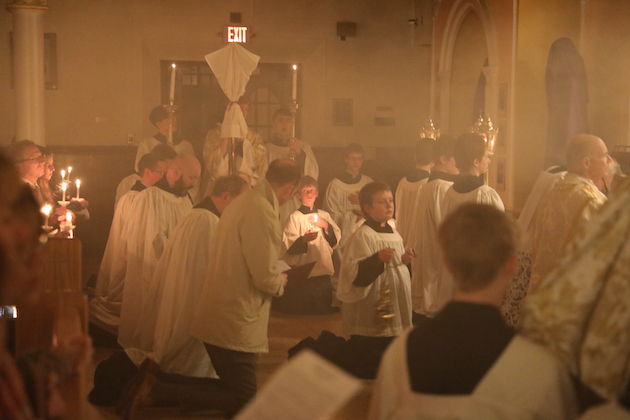
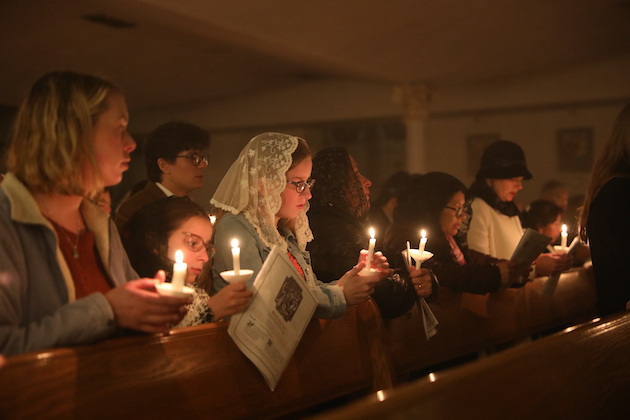

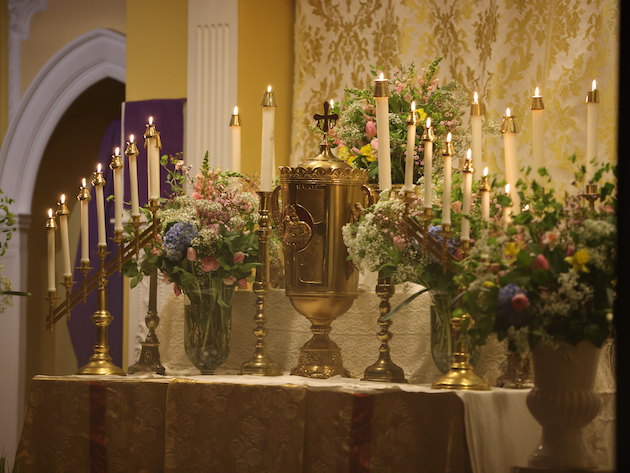
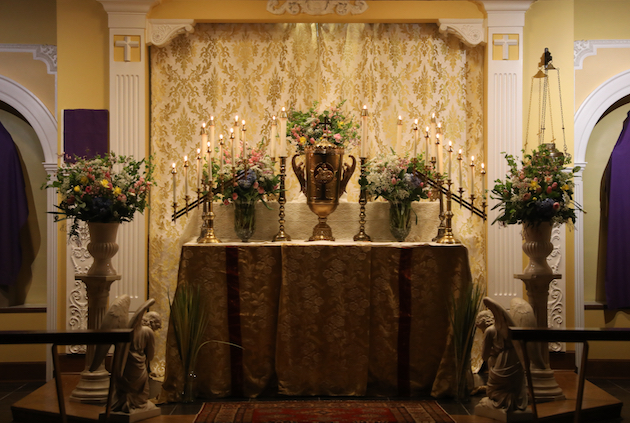
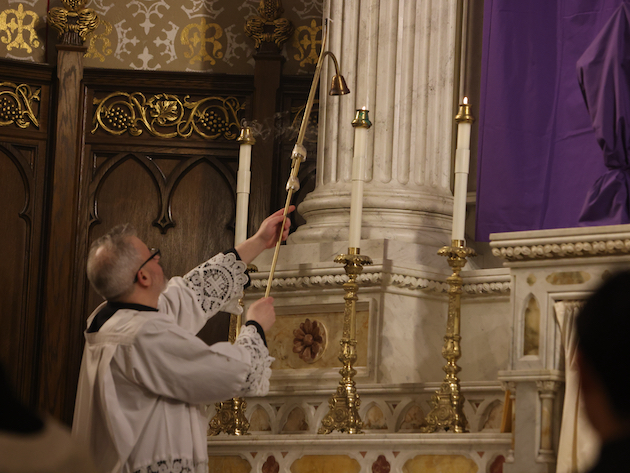
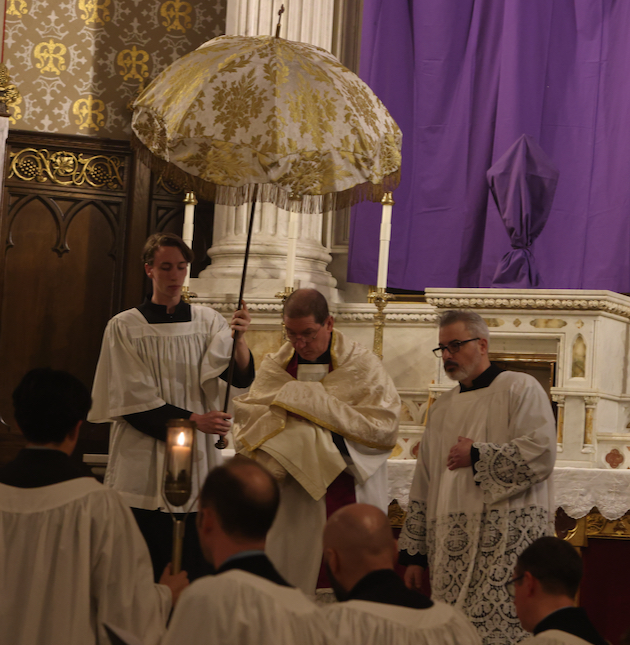
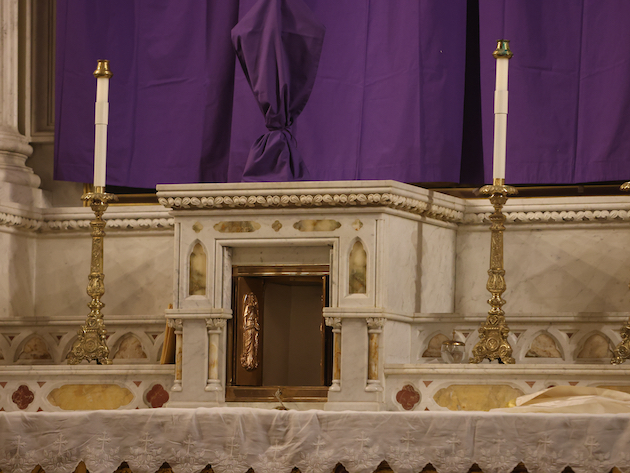
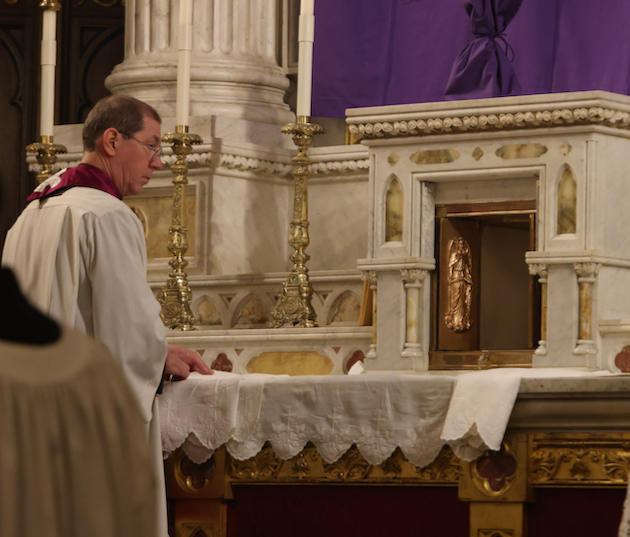
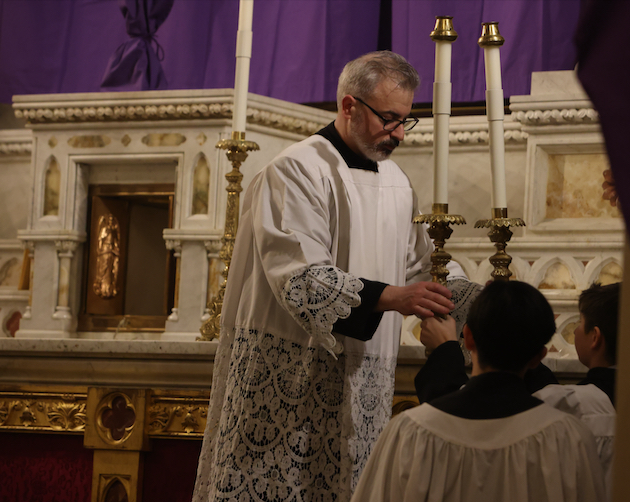
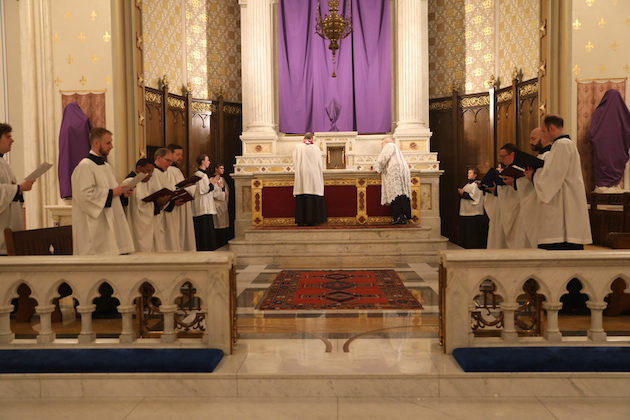
28 Mar
2024
24 Mar
2024
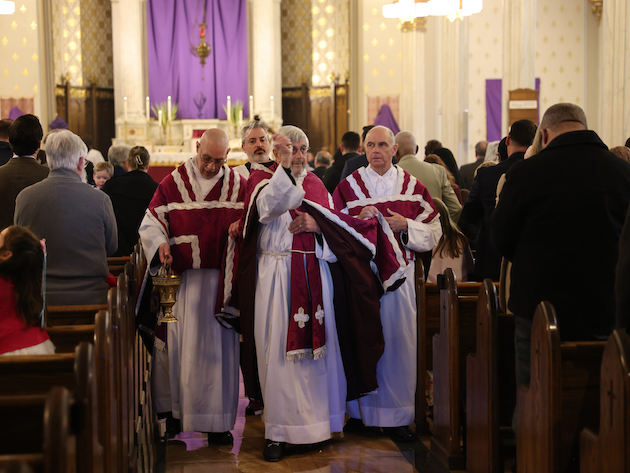
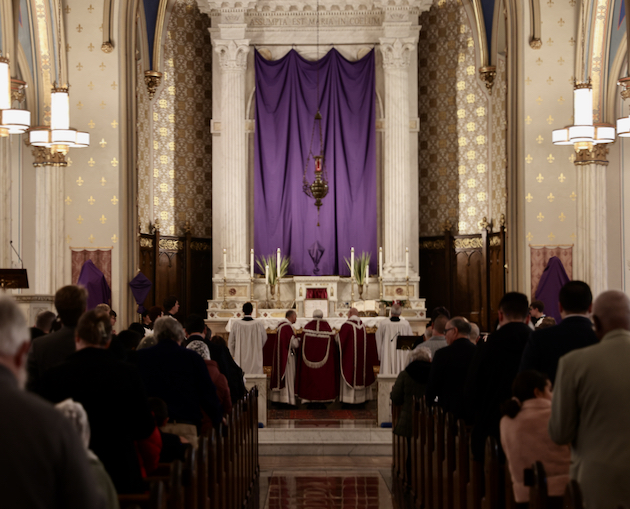
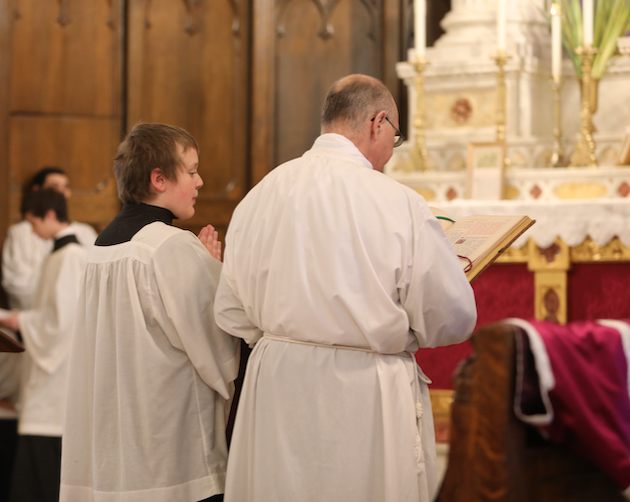
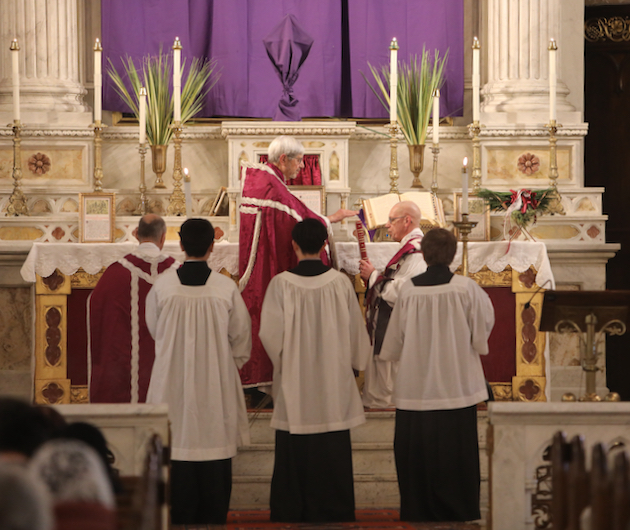
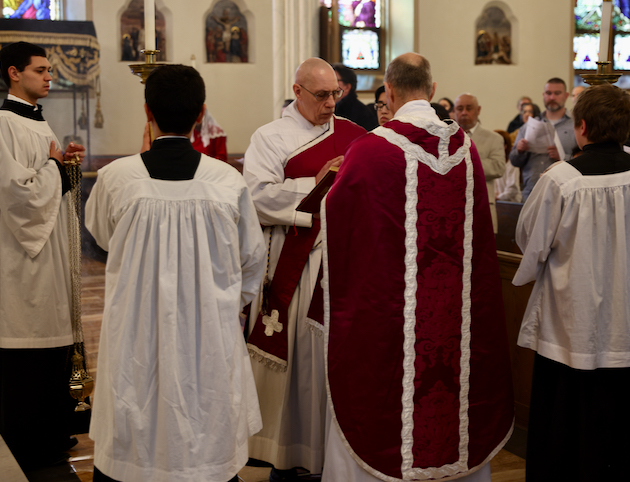
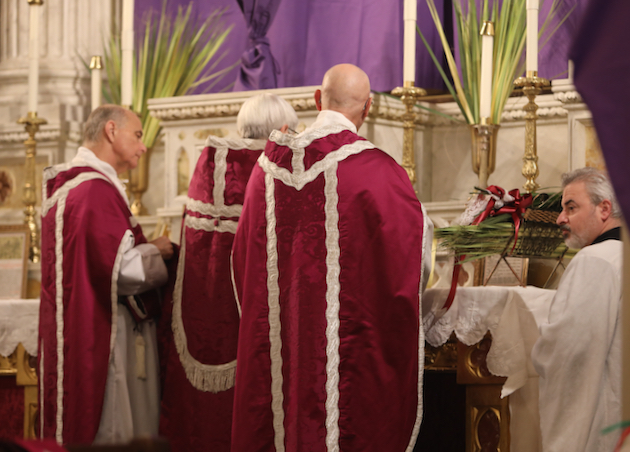
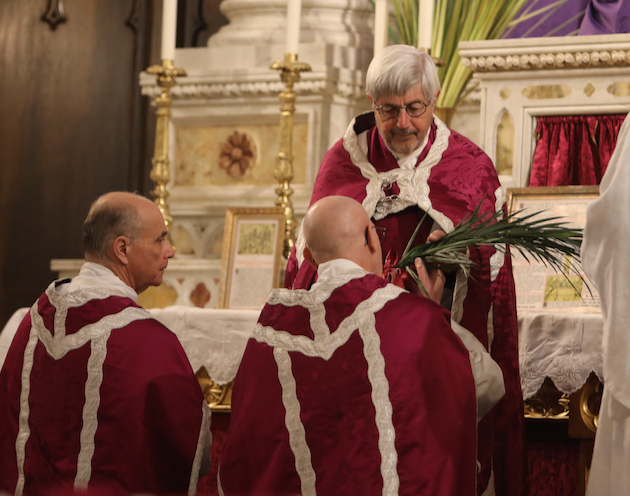
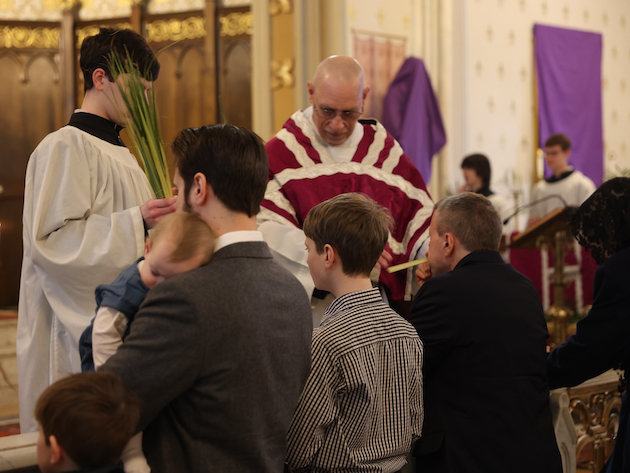
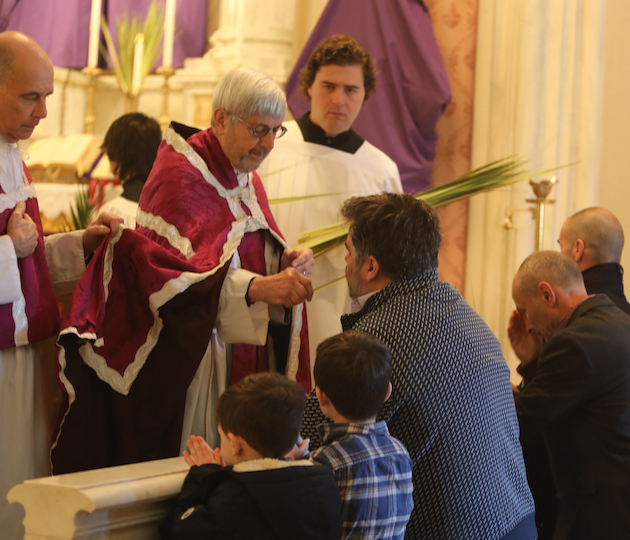
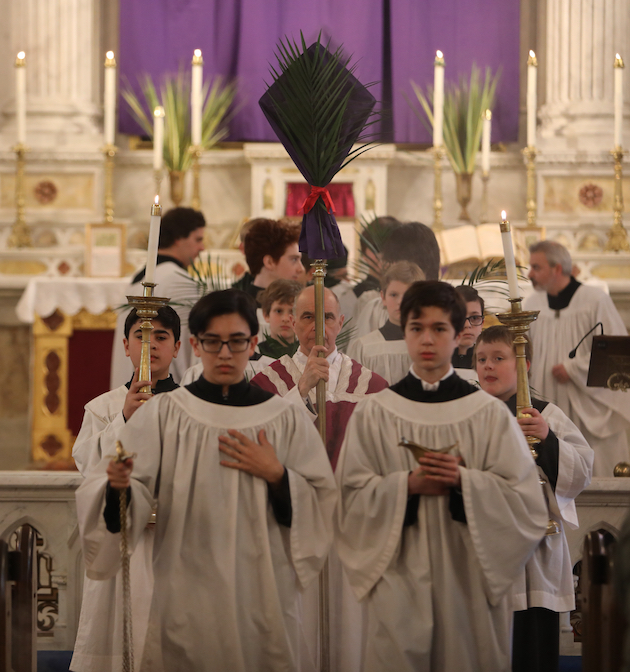
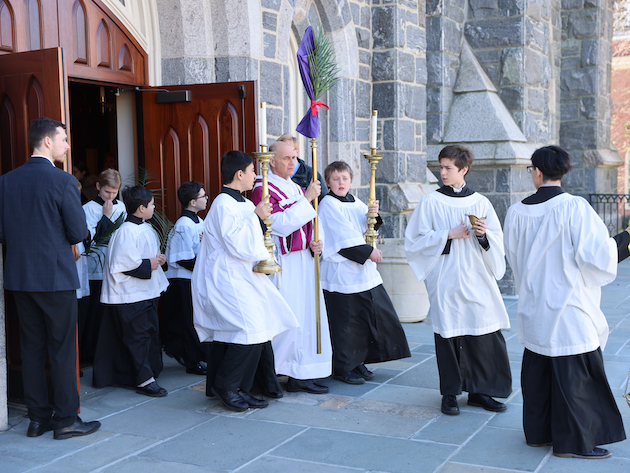
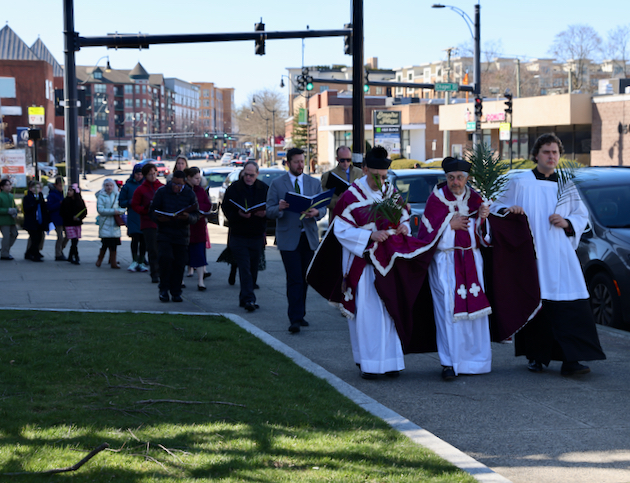
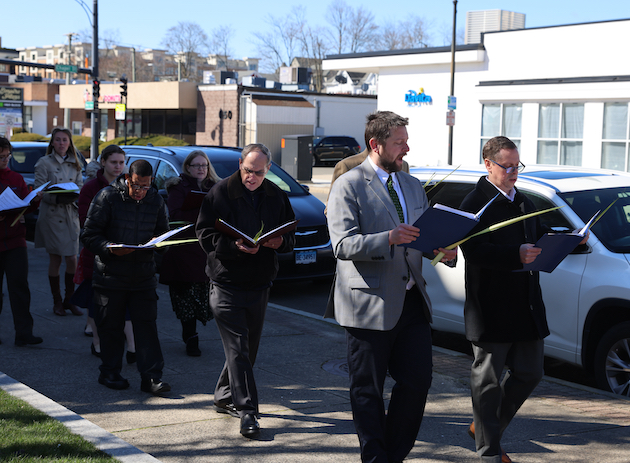
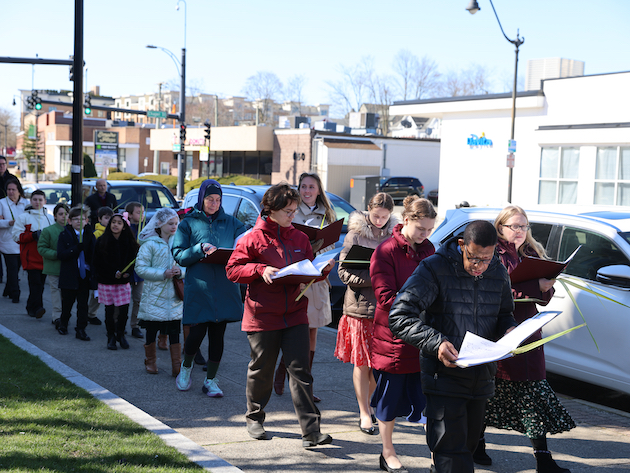
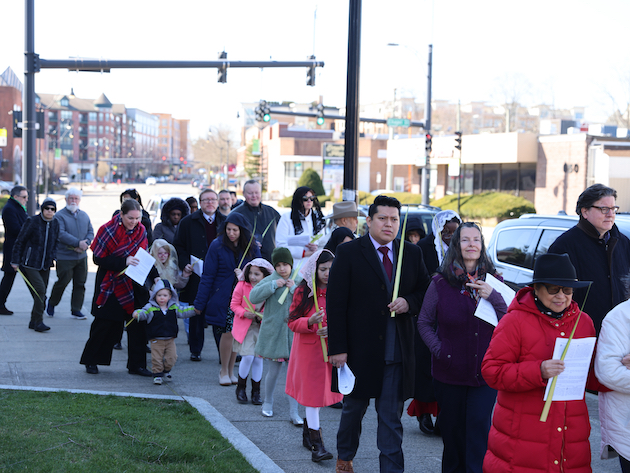
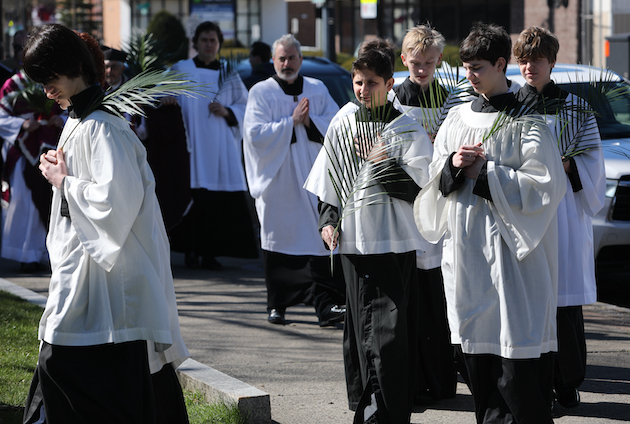
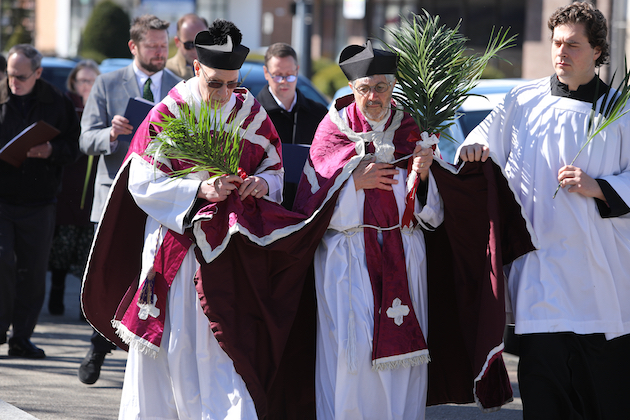
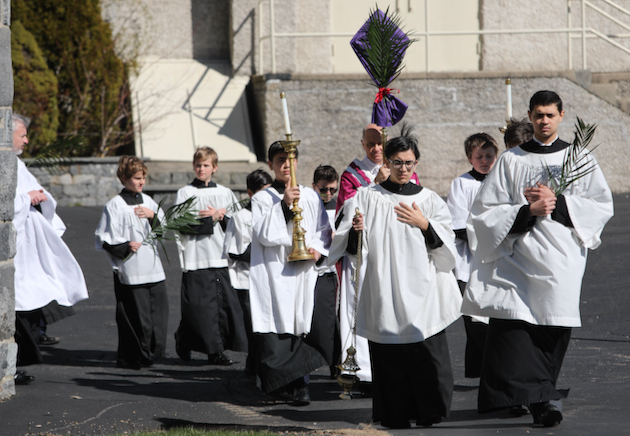
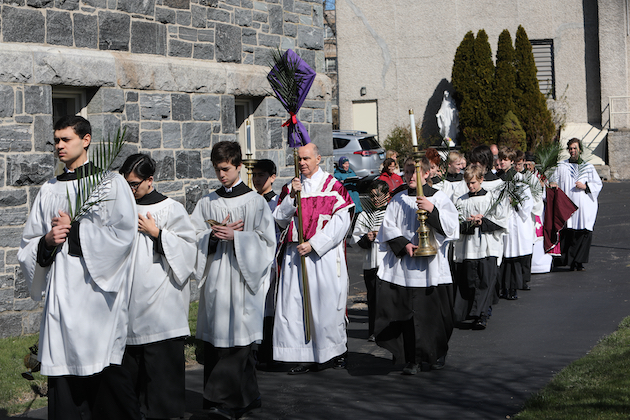
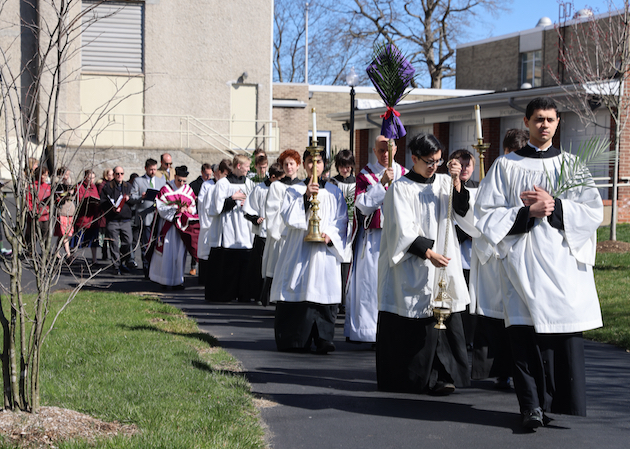
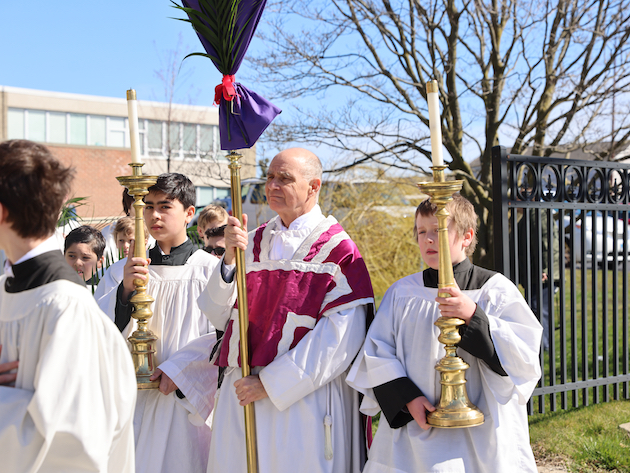
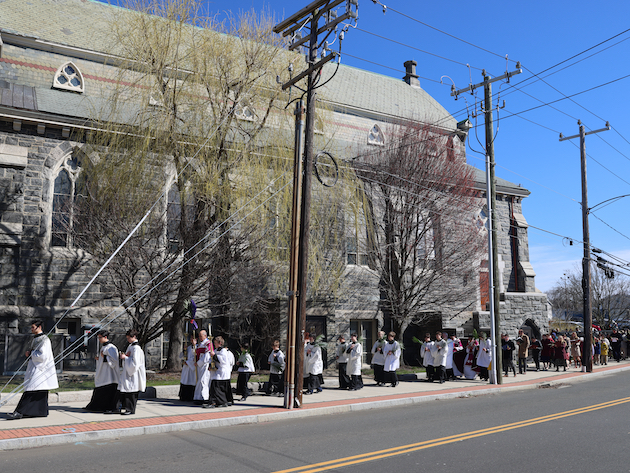
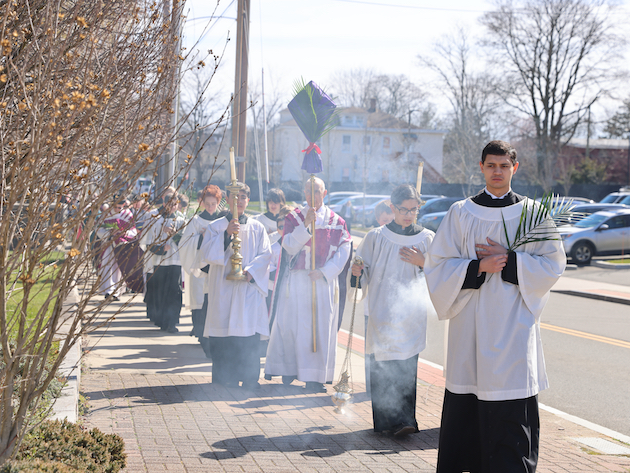
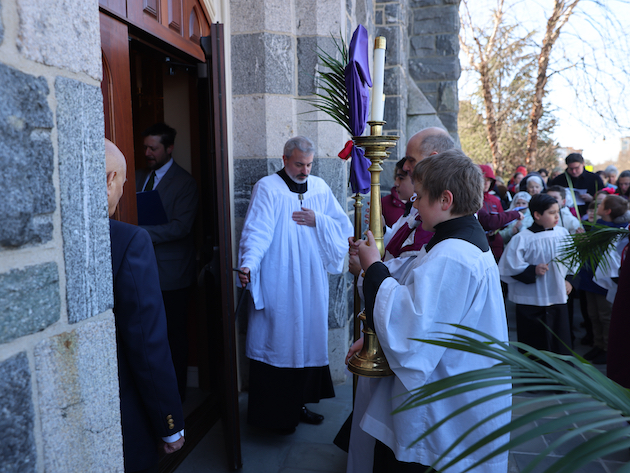
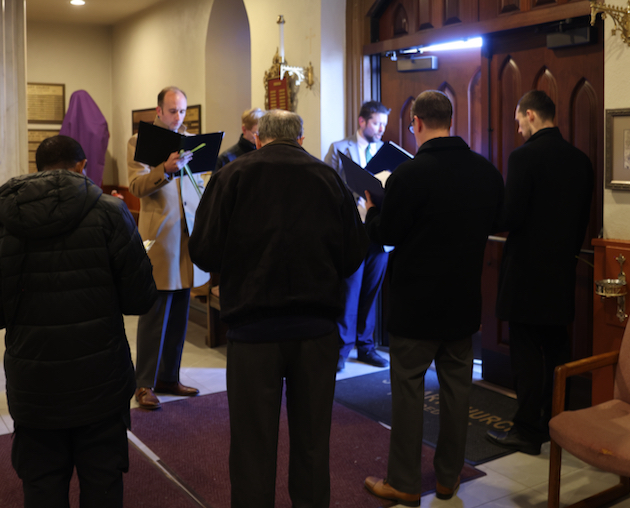
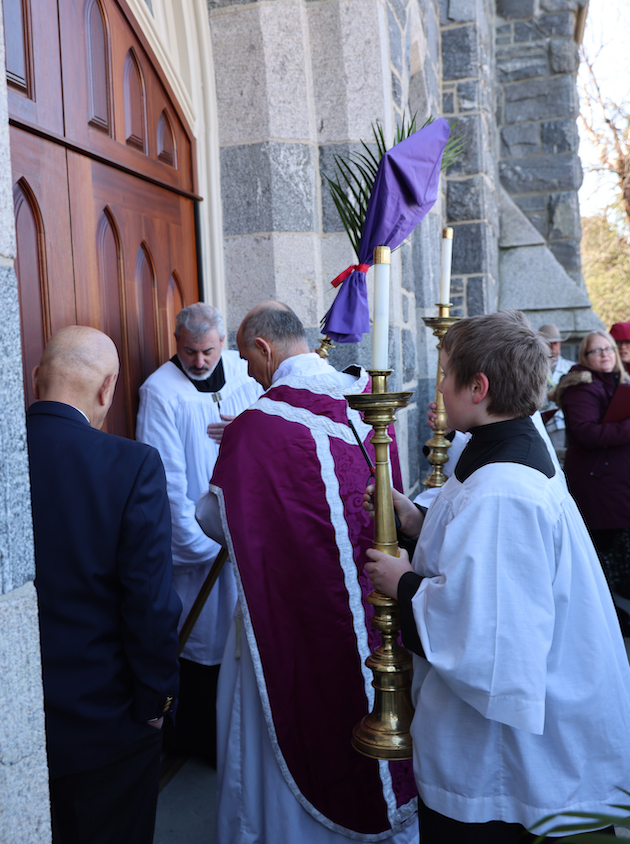

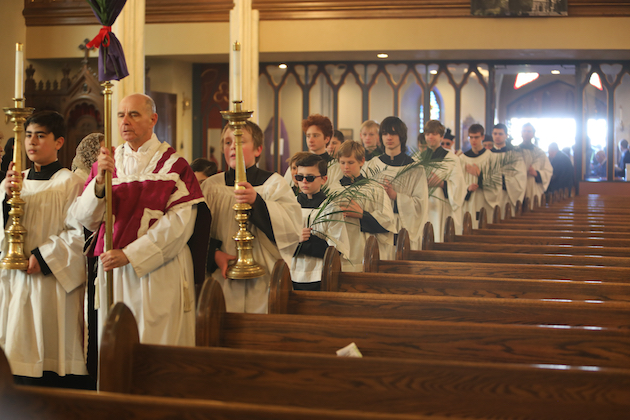
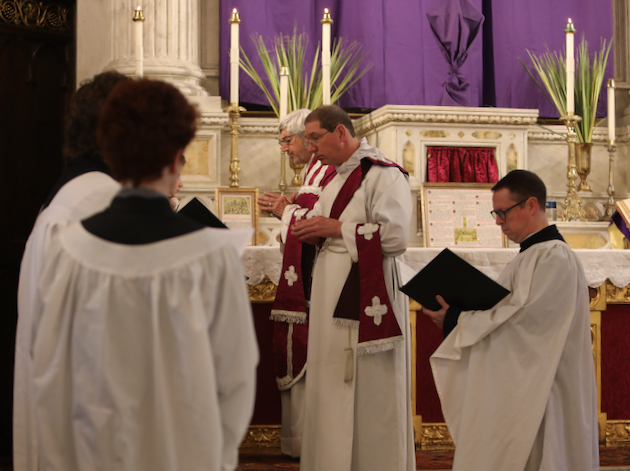
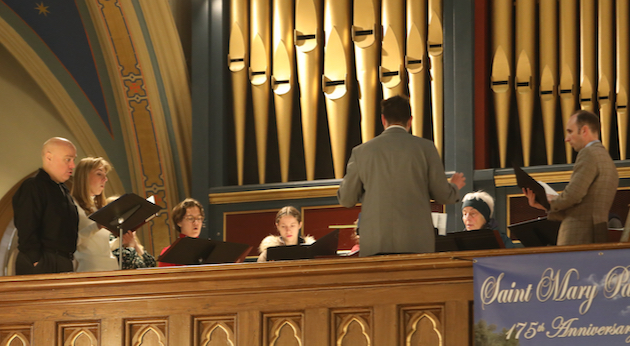
17 Mar
2024
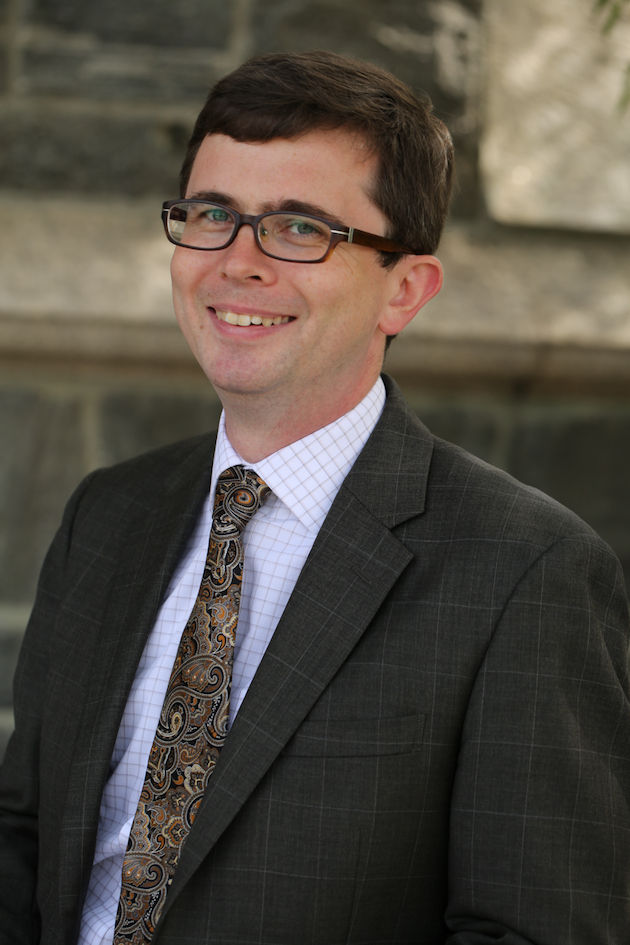
We received word that David Hughes will be moving out of Connecticut to the Denver area soon.
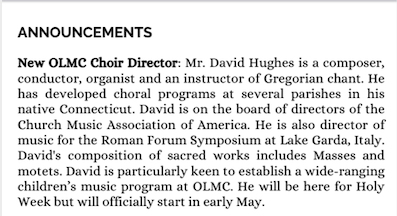
It is a tragic loss for the Catholic Church in this region. David Hughes was instrumental in creating a culture of musical excellence, especially for the celebration of the Traditional Mass, in Fairfield County and surrounding areas. He was an early, passionate advocate of the Traditional Latin Mass and of the music written for it. For many years he directed the music of St. Mary’s Norwalk, where he led a professional schola, the parish choir, a men’s schola, children’s choirs–I think at one time there were 5 or 6 groups simultaneously under his direction. He travelled around to other churches, helping to establish in the Catholic Church a new level of outstanding musical performance. He provided the music at many masses and events this society sponsored (you can find the exhaustive photographic record posted on this site). David also has had national and international success – for example, he led a large schola of children to sing at World Youth Day. More recently, he formed and directed the Viri Galilei, a group of men who sing chant all over the region.
Since 2019 our contacts with David have diminished. A whole new set of great musicians has appeared at local Catholic churches. Yet David was the first – and he demonstrated the greatest flexibility of all in leading every kind of musical group. We will miss him here – but we wish him luck and hope to welcome him back often!

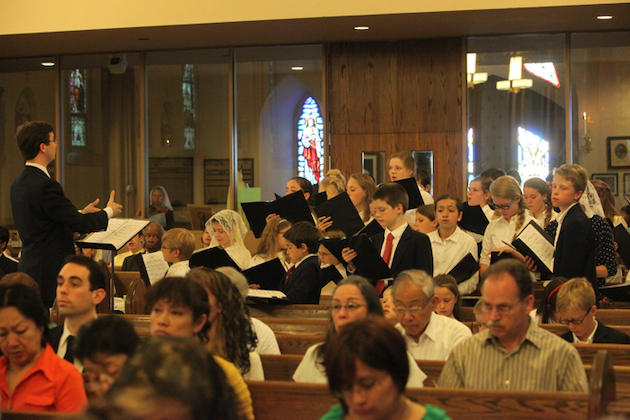
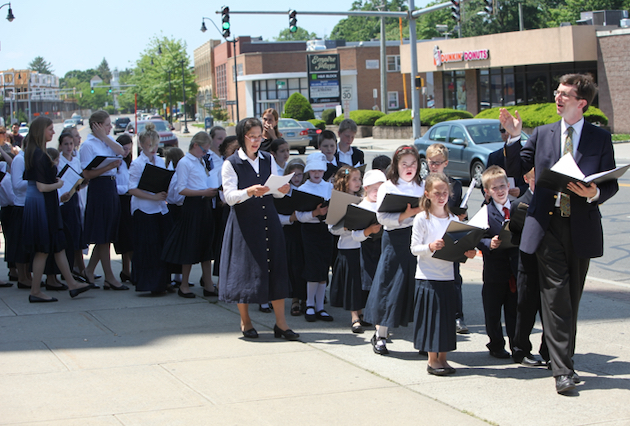

2 Mar
2024
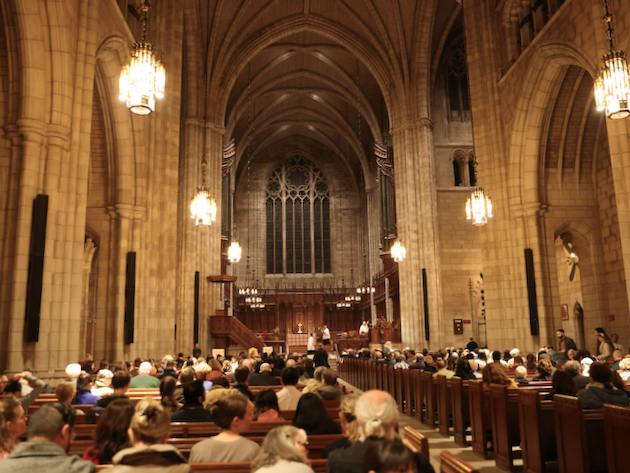
Friday was a very special evening at the Princeton University Chapel: First Vespers of St. Chad of Mercia, bishop, according to the use of the Church of Salisbury (the “Sarum Use”). The Use of Sarum was the main form of the Roman liturgy in Pre-Reformation England. It was celebrated now and then by Catholics as late as the 19th century, but was regrettably entirely superseded by the “Tridentine” liturgy. Perhaps that was because the Use of Sarum obviously makes considerable demands upon a church’s staff resources and available time….. First Vespers refers to the fact that St. Chad (whose feast is on the following day, March 2) was commemorated. 1)
Music and ceremonial were of outstanding quality. A congregation of around 1,000 was in attendance. The demeanor of all was reverent. An introduction preceding the Vespers and the informative program emphasized the spiritual nature of what was happening. In no way was this liturgy presented as a secular concert.
I must admire the creativity (in an appropriate sense) of the organizers. If the basic elements of ritual and music were supplied by authentic texts of the period, features of other traditions were freely drawn upon to complete the liturgy. So, German and English organ music of the 20th Century preceded and followed Vespers. A Byzantine icon was displayed. Benediction of the Blessed Sacrament ( a ritual not a part of the Use of Sarum) concluded the evening. It was a rare instance of how the various strands of Tradition can mutually complement each other without falling into arbitrary eclecticism.
Achieving all this was a truly a remarkable effort. 2) It illustrates that if such an effort is made, while preserving the spiritual basis of art, music and ceremonial, people will come. We were proud that the Society of St. Hugh of Cluny could be counted as one of the sponsors.
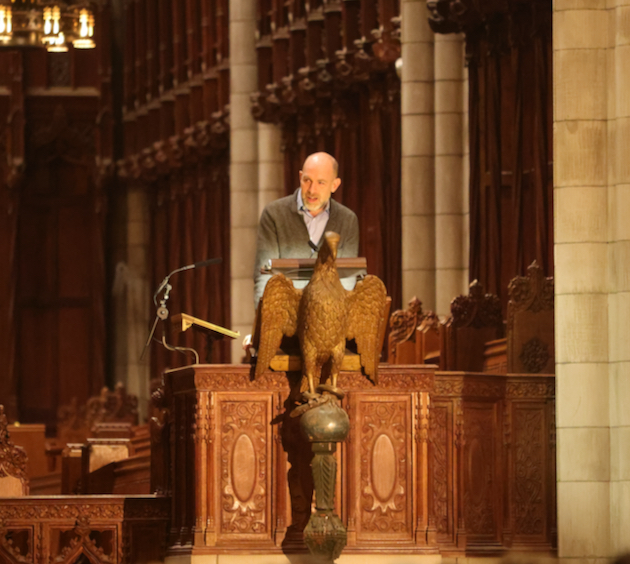
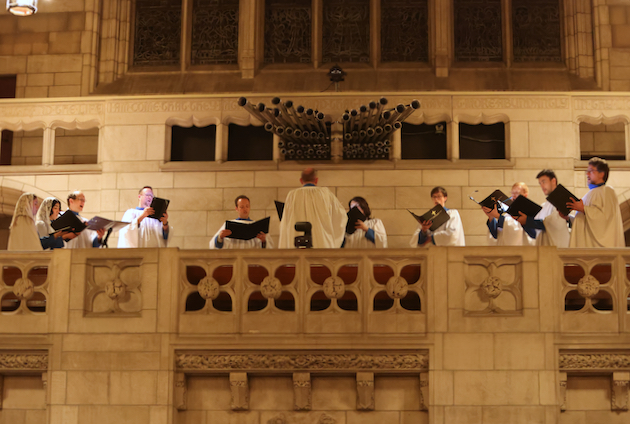
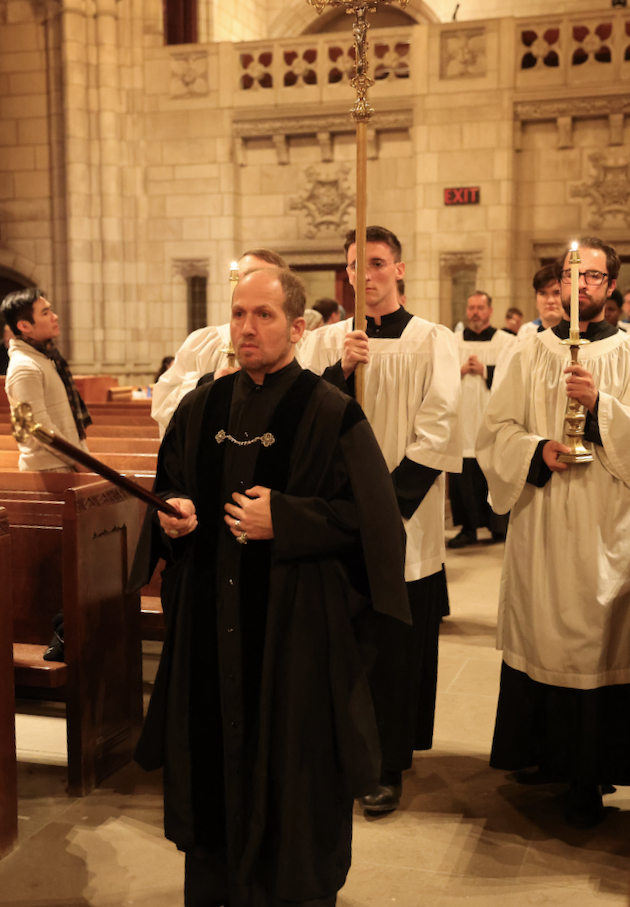
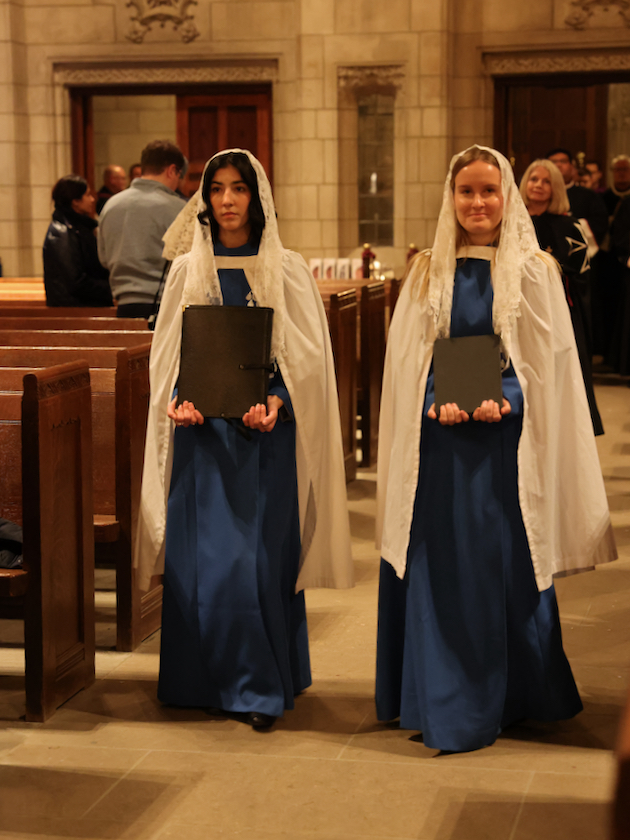
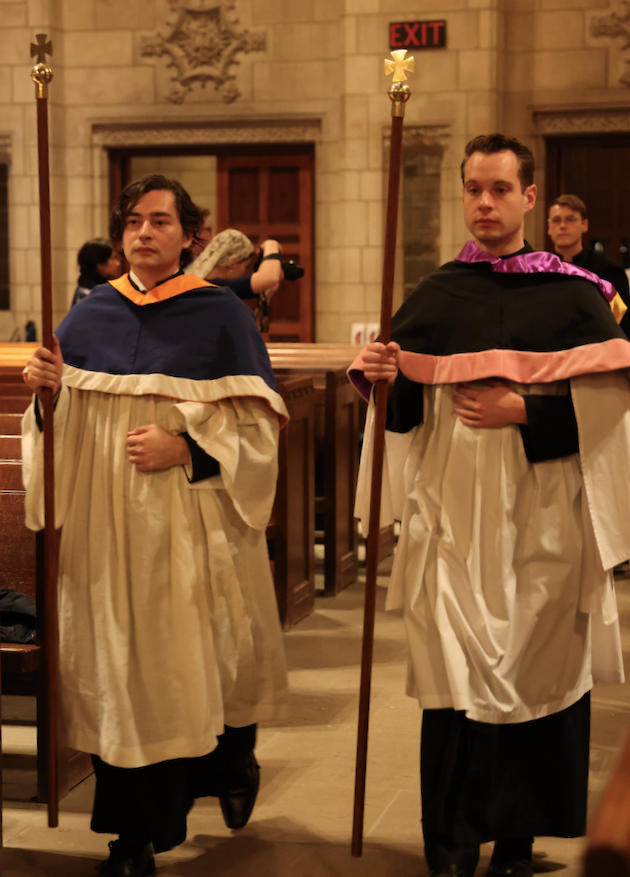
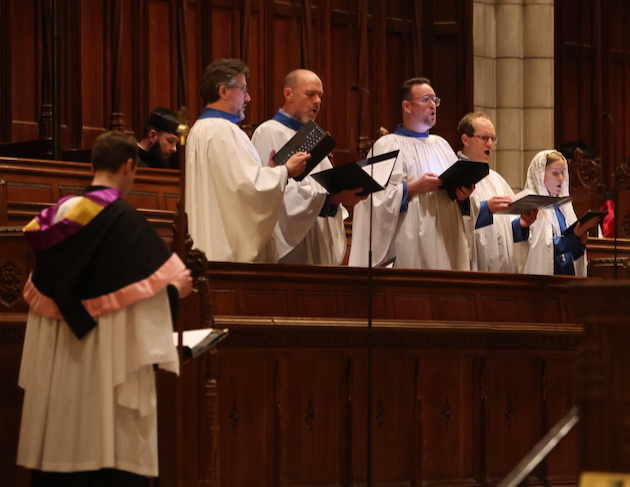
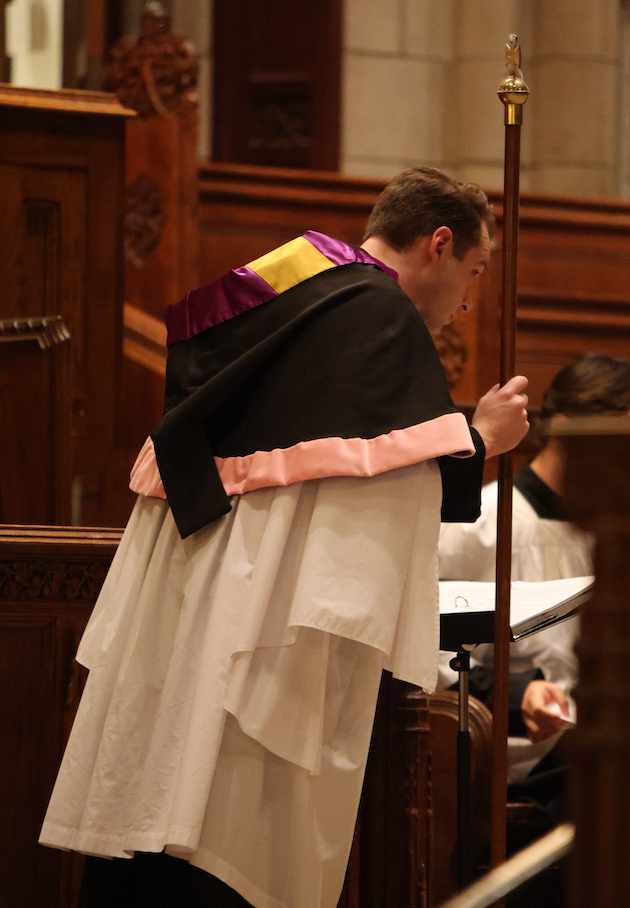
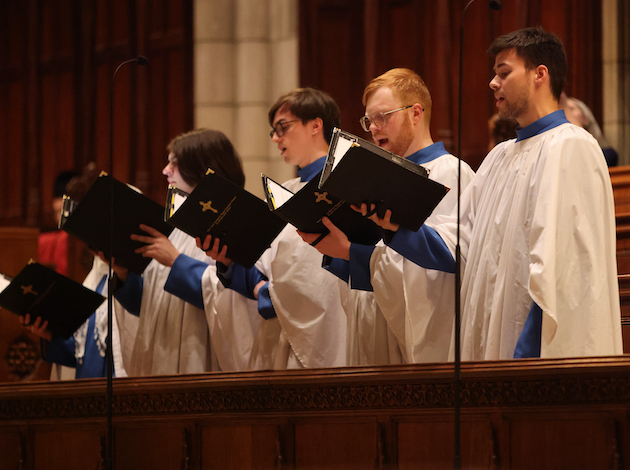
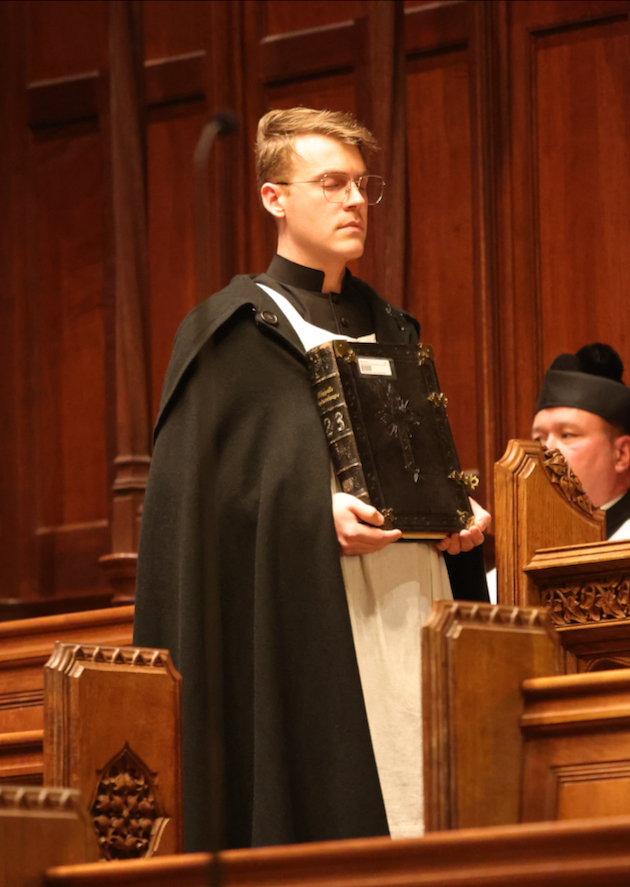
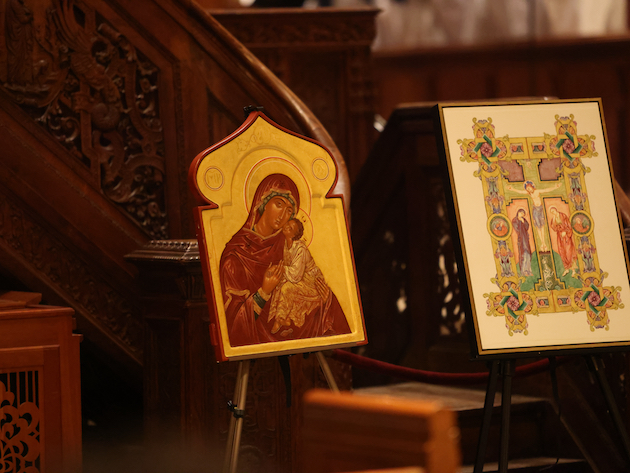
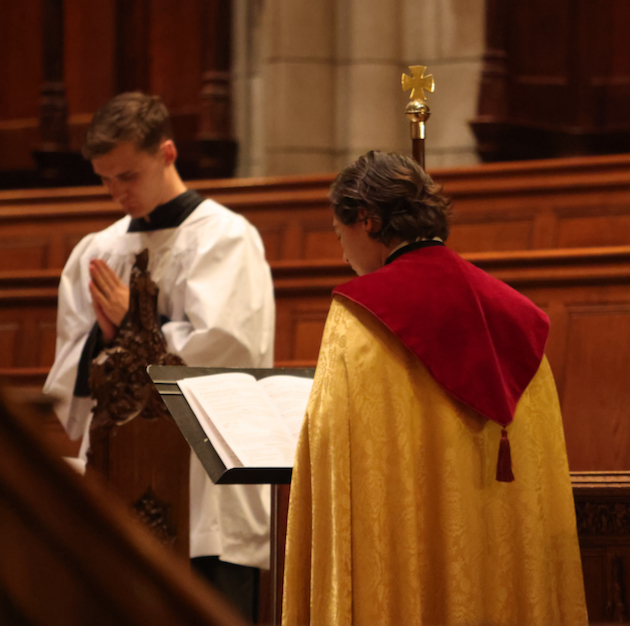
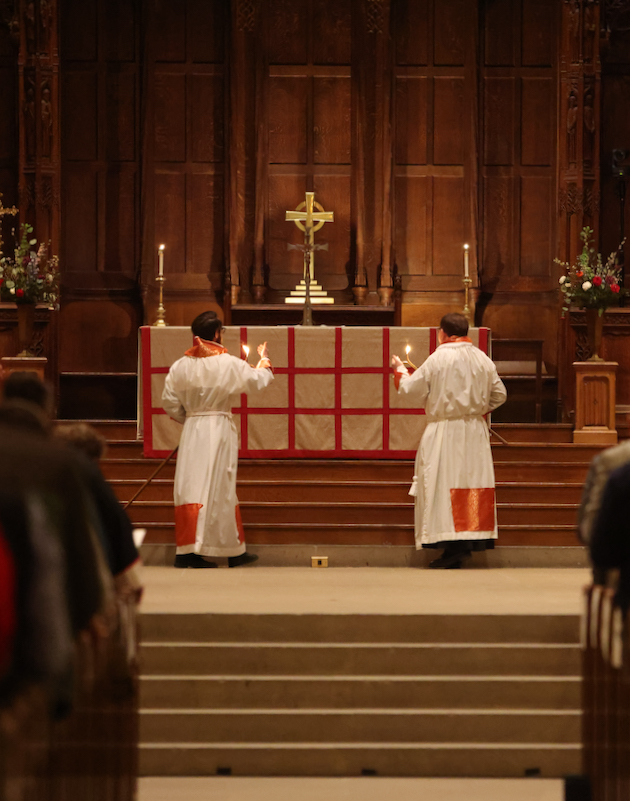
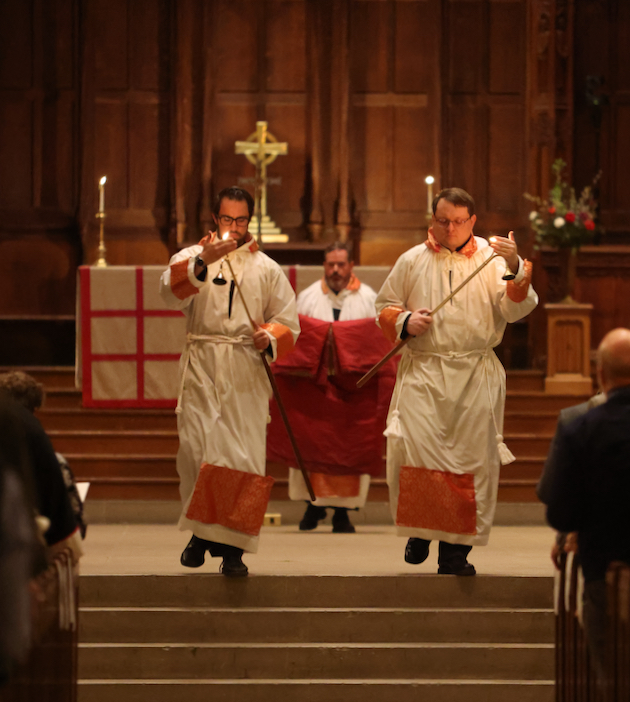
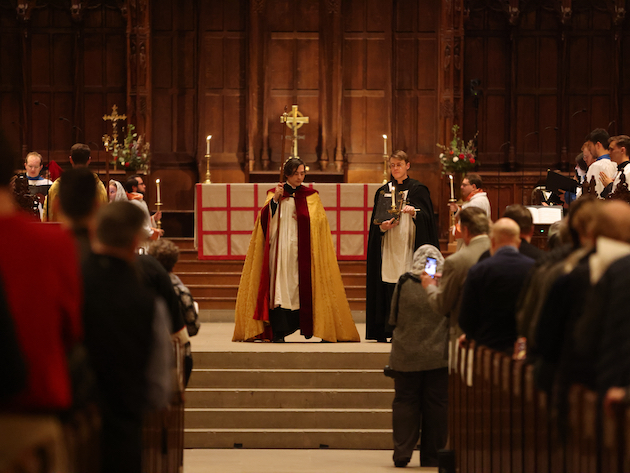
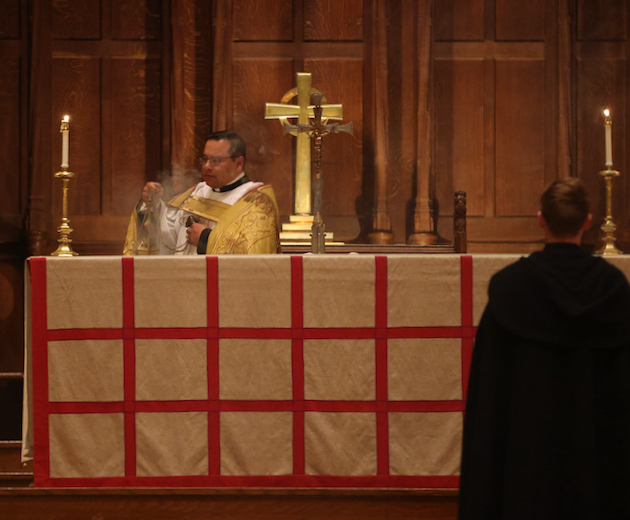
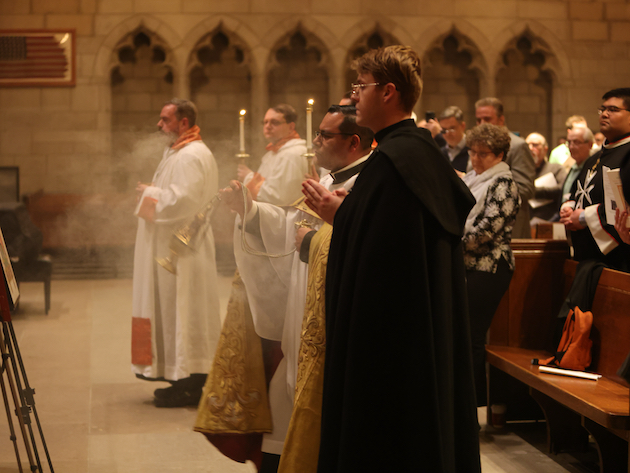
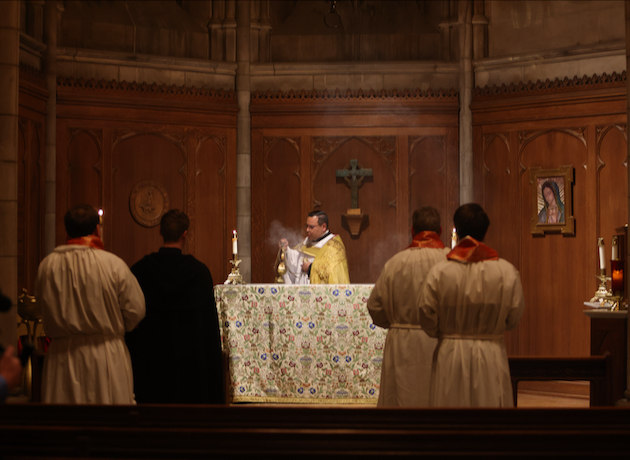
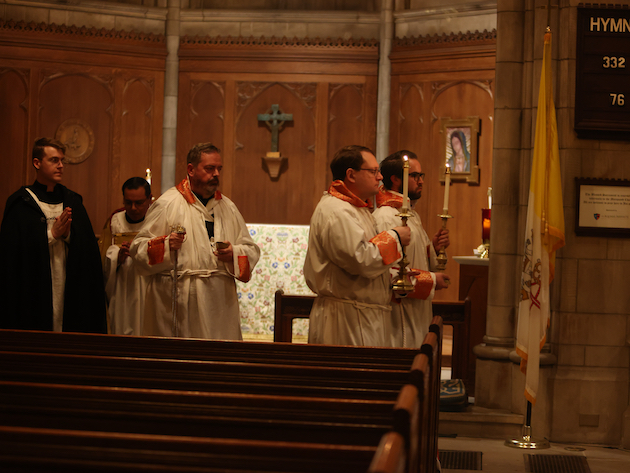
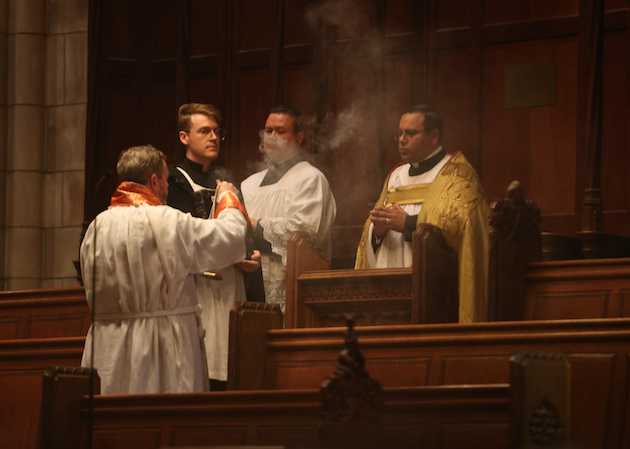
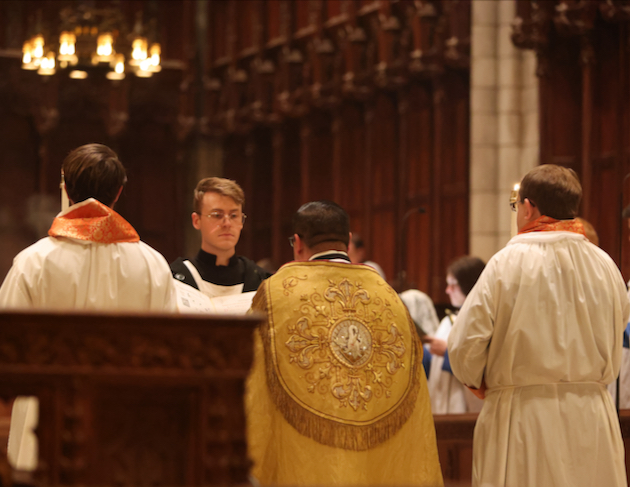
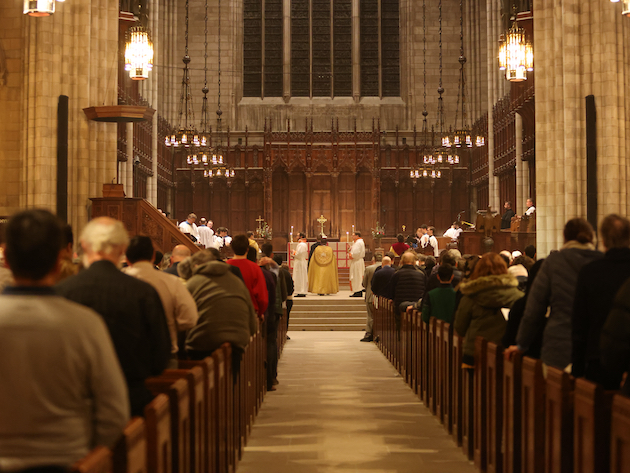
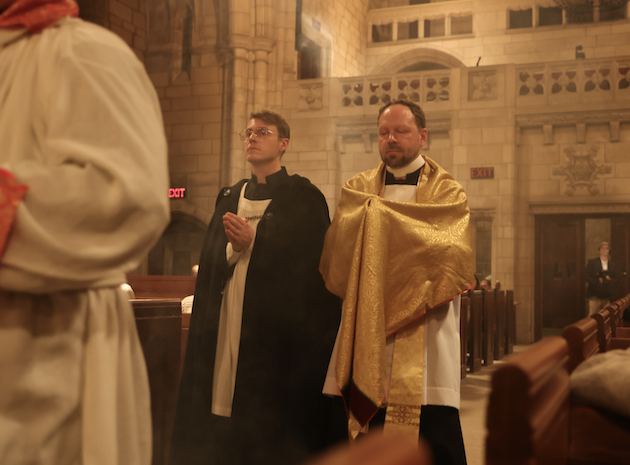
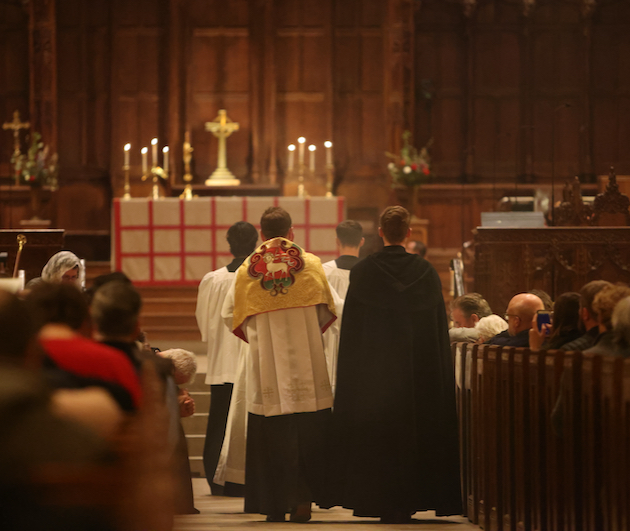
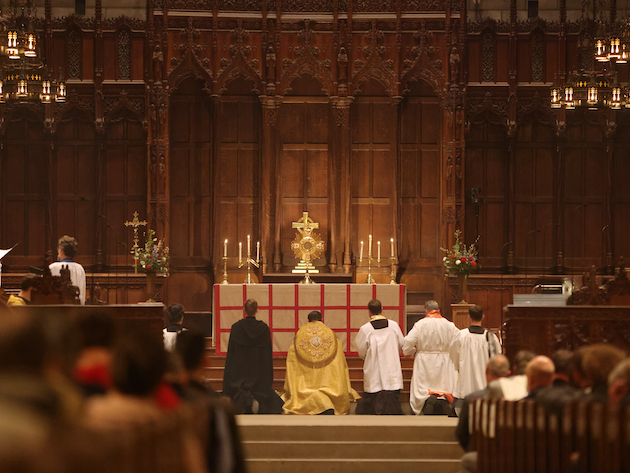
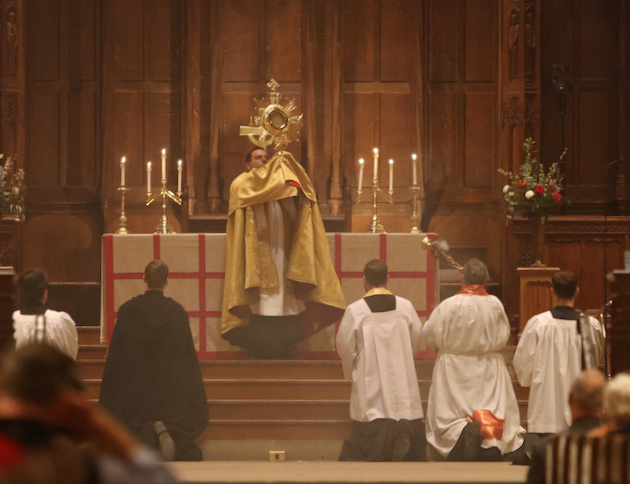
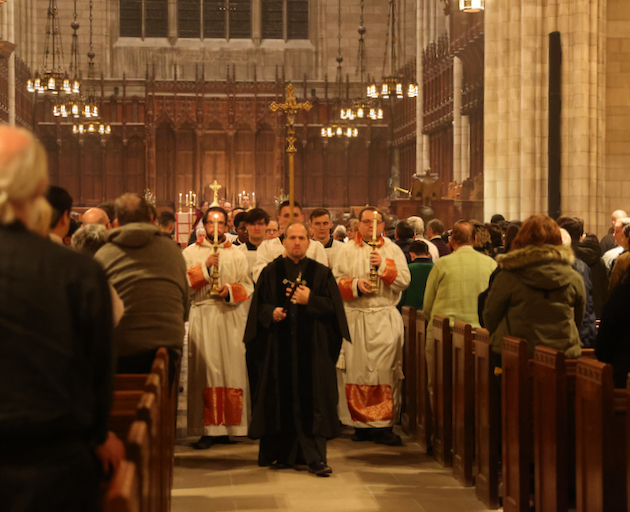
24 Feb
2024
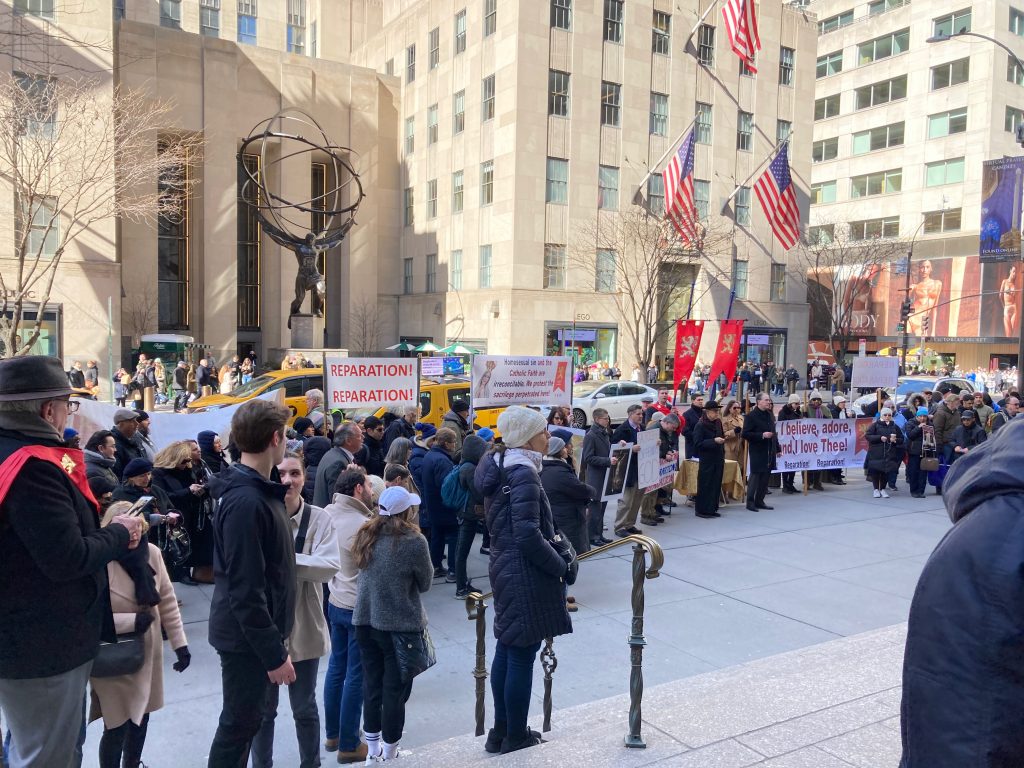
Today at noon, hundreds of Catholics came together to pray the Rosary in reparation for the sacrilegious funeral that took place last week in the cathedral. Fifth Avenue was bustling with tourists, shoppers and residents, some of whom joined the rally or stopped to take pictures. From our perspective, the event proceeded peacefully, with no sign of counter protesters.
There are also Rosary rallies scheduled for noon tomorrow and Monday.
